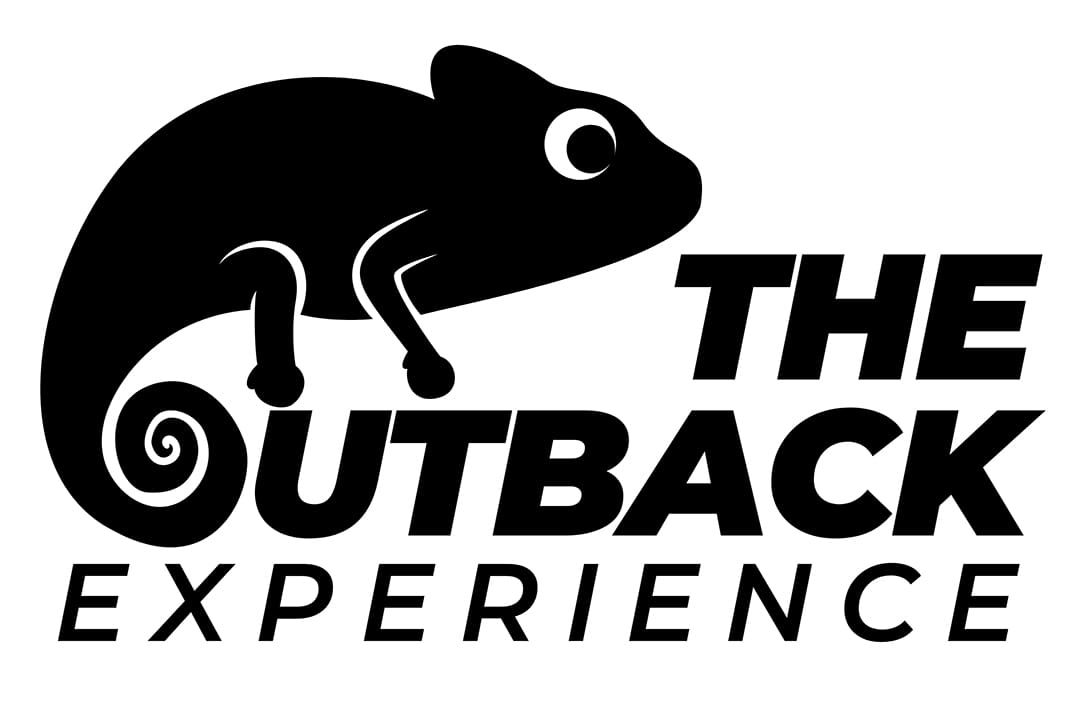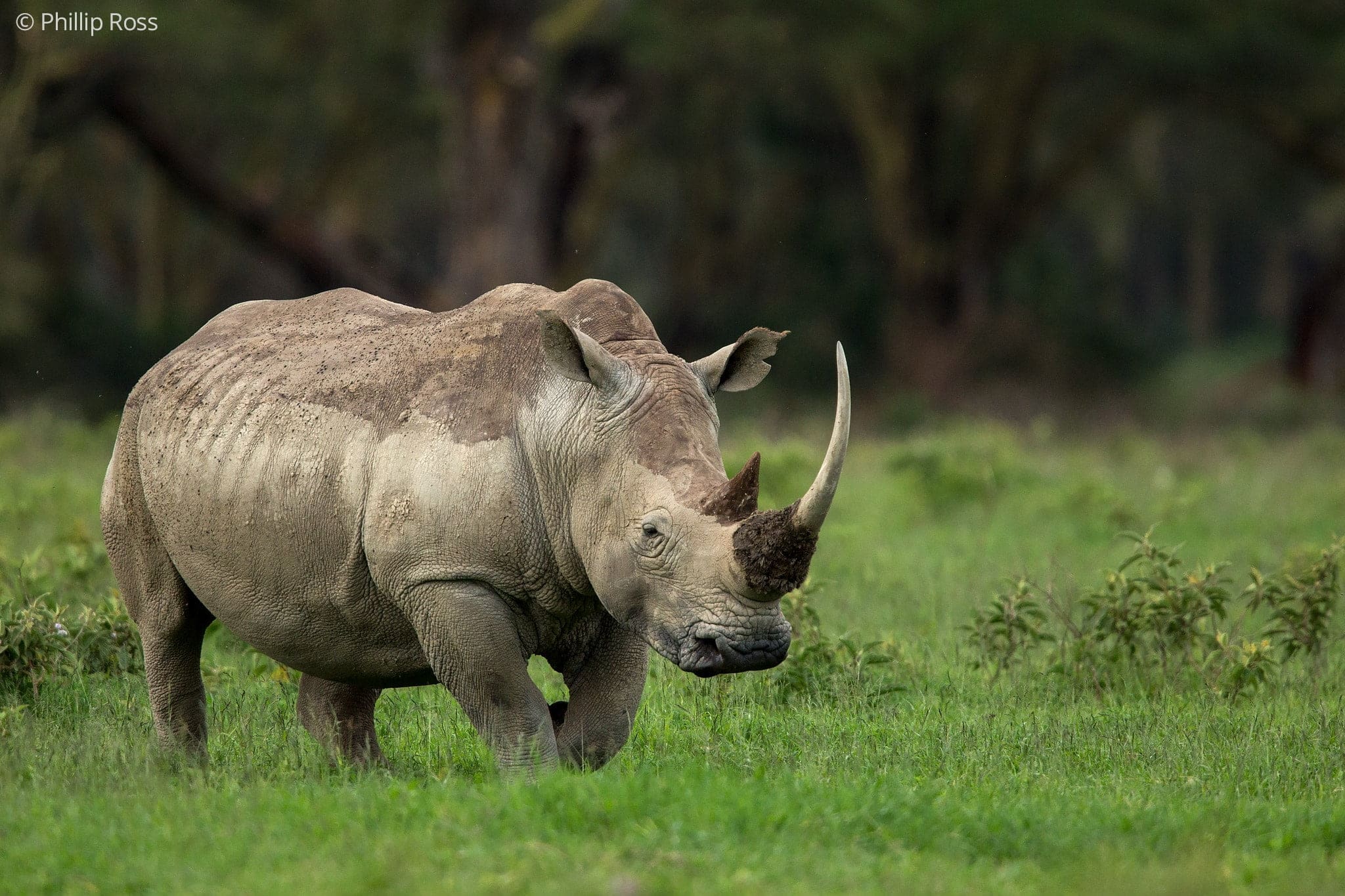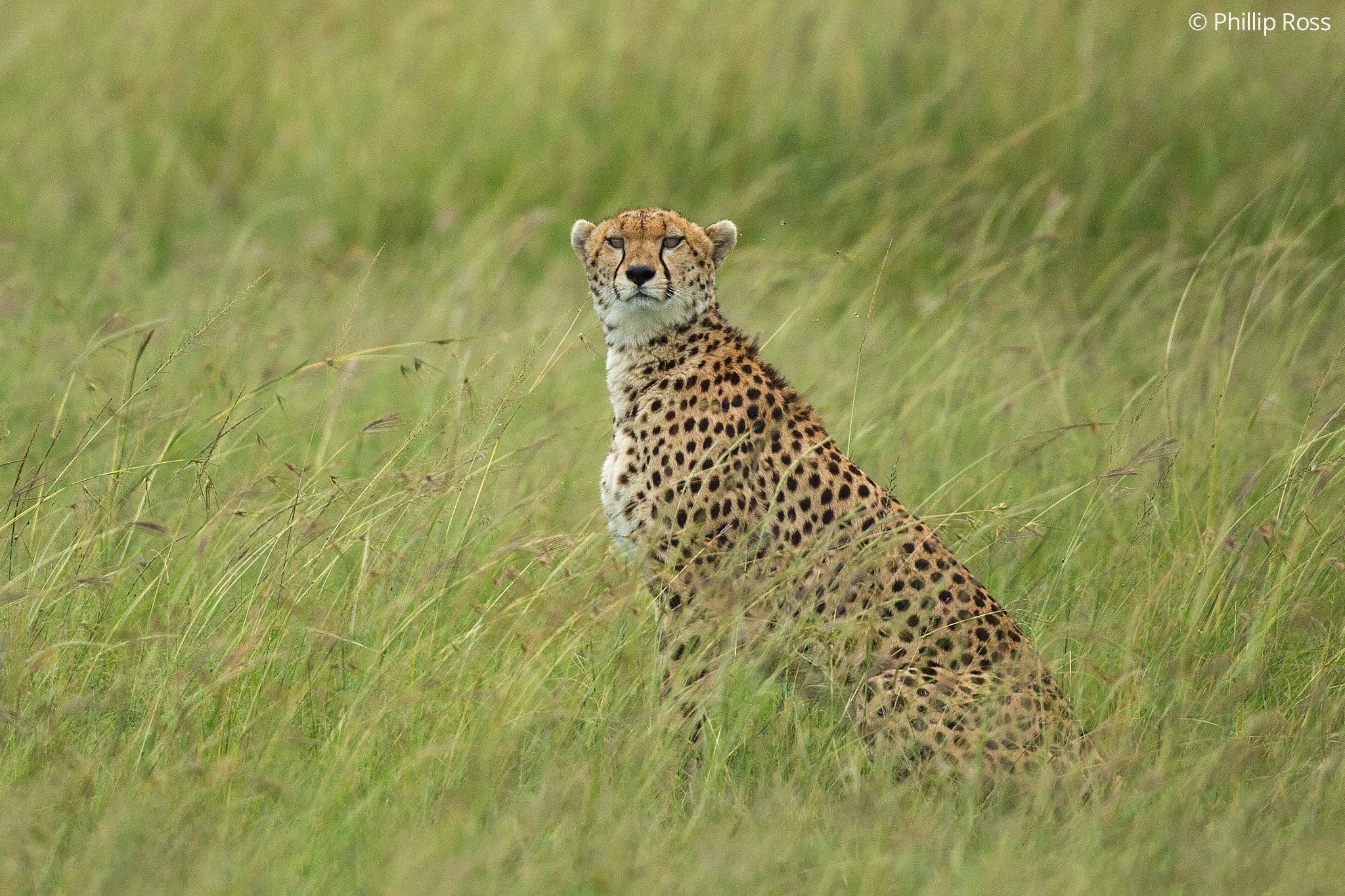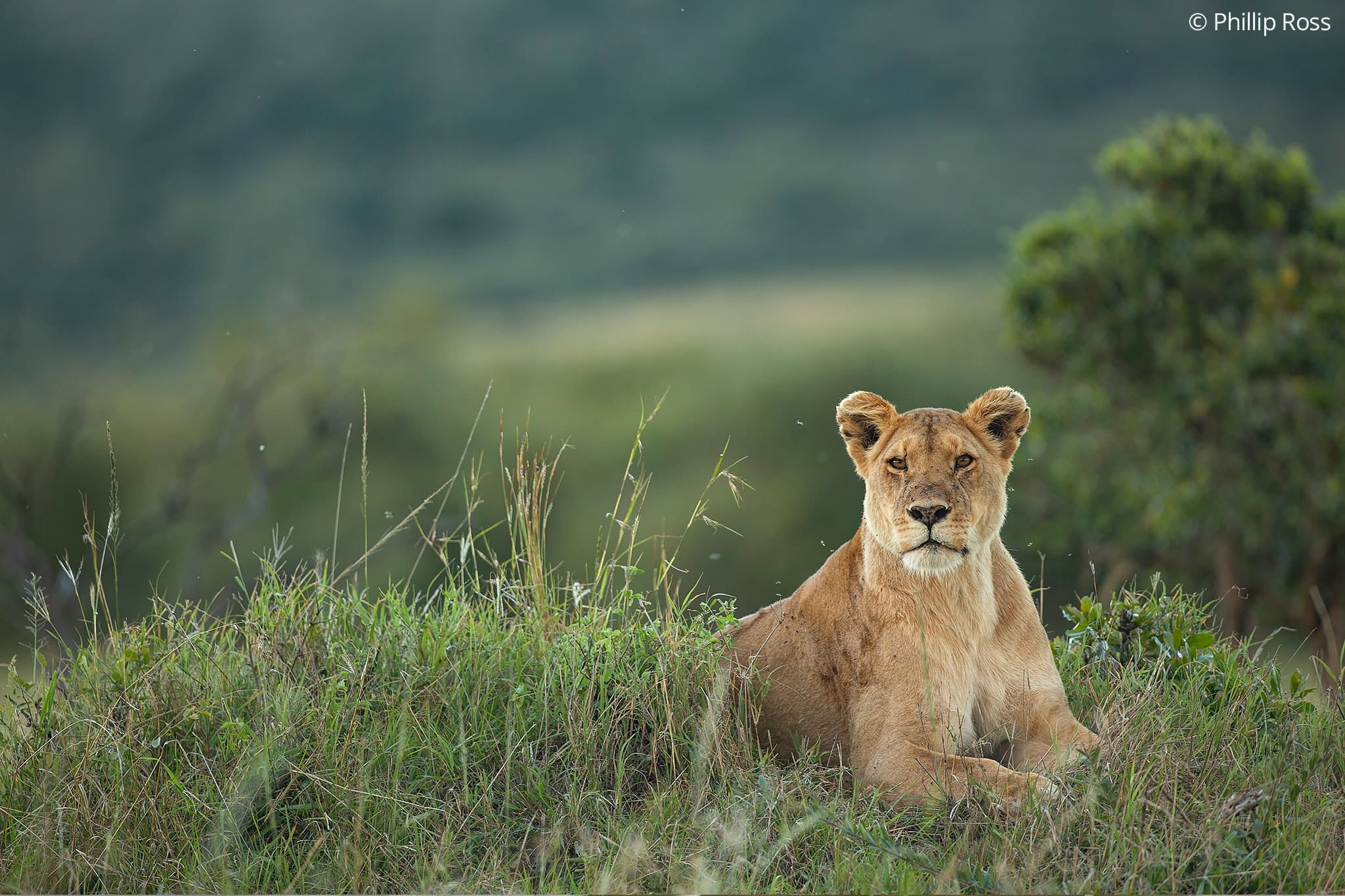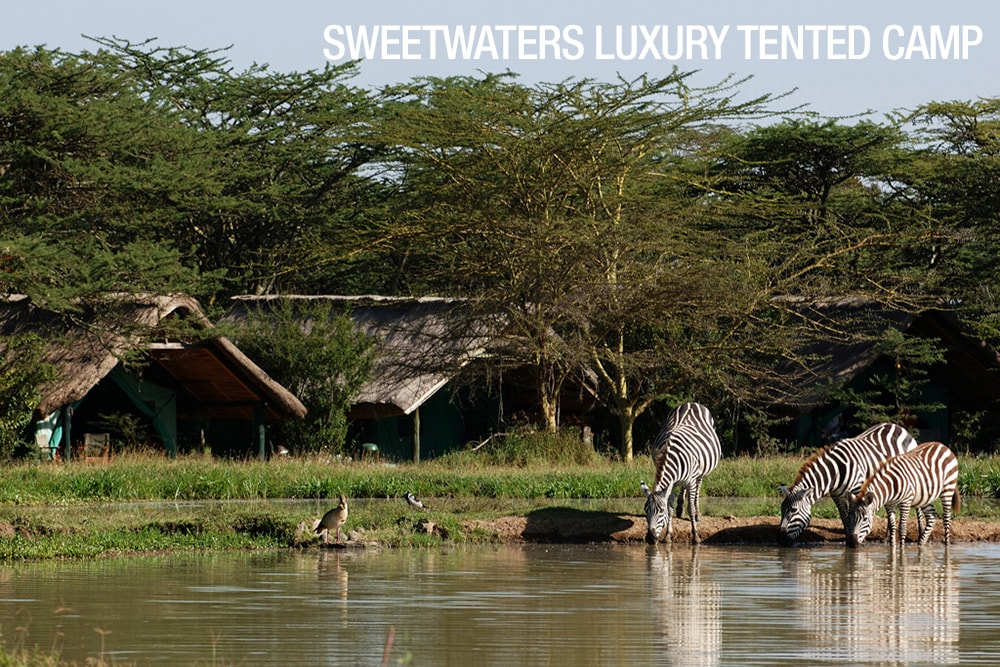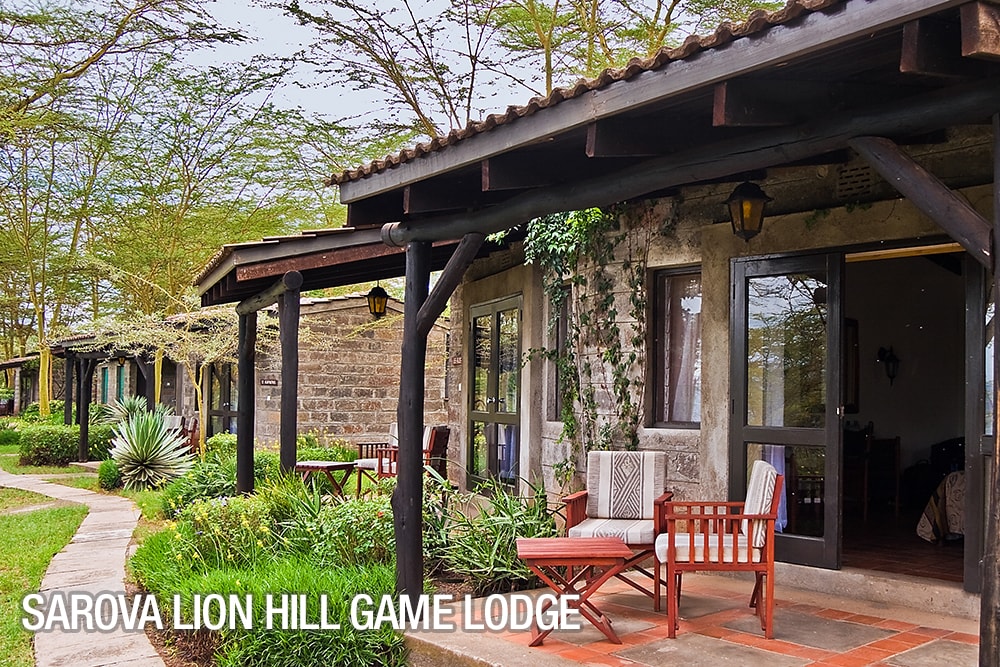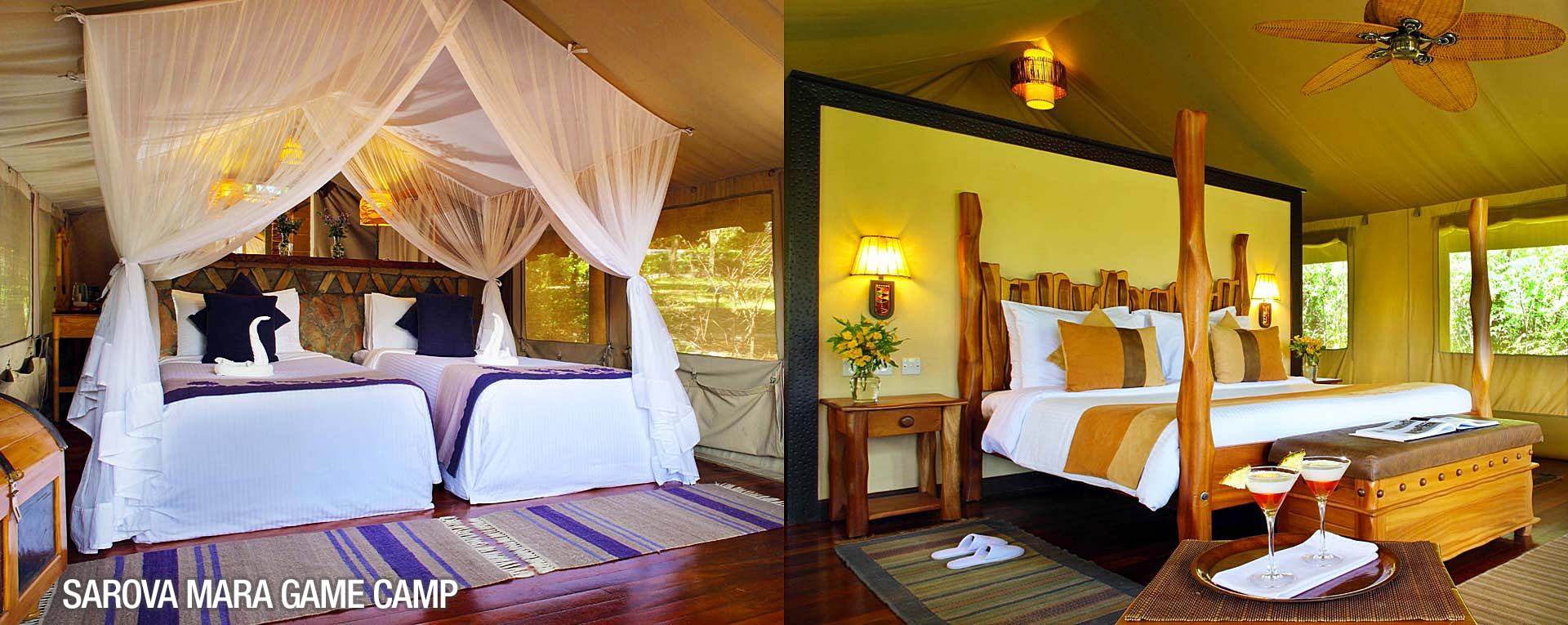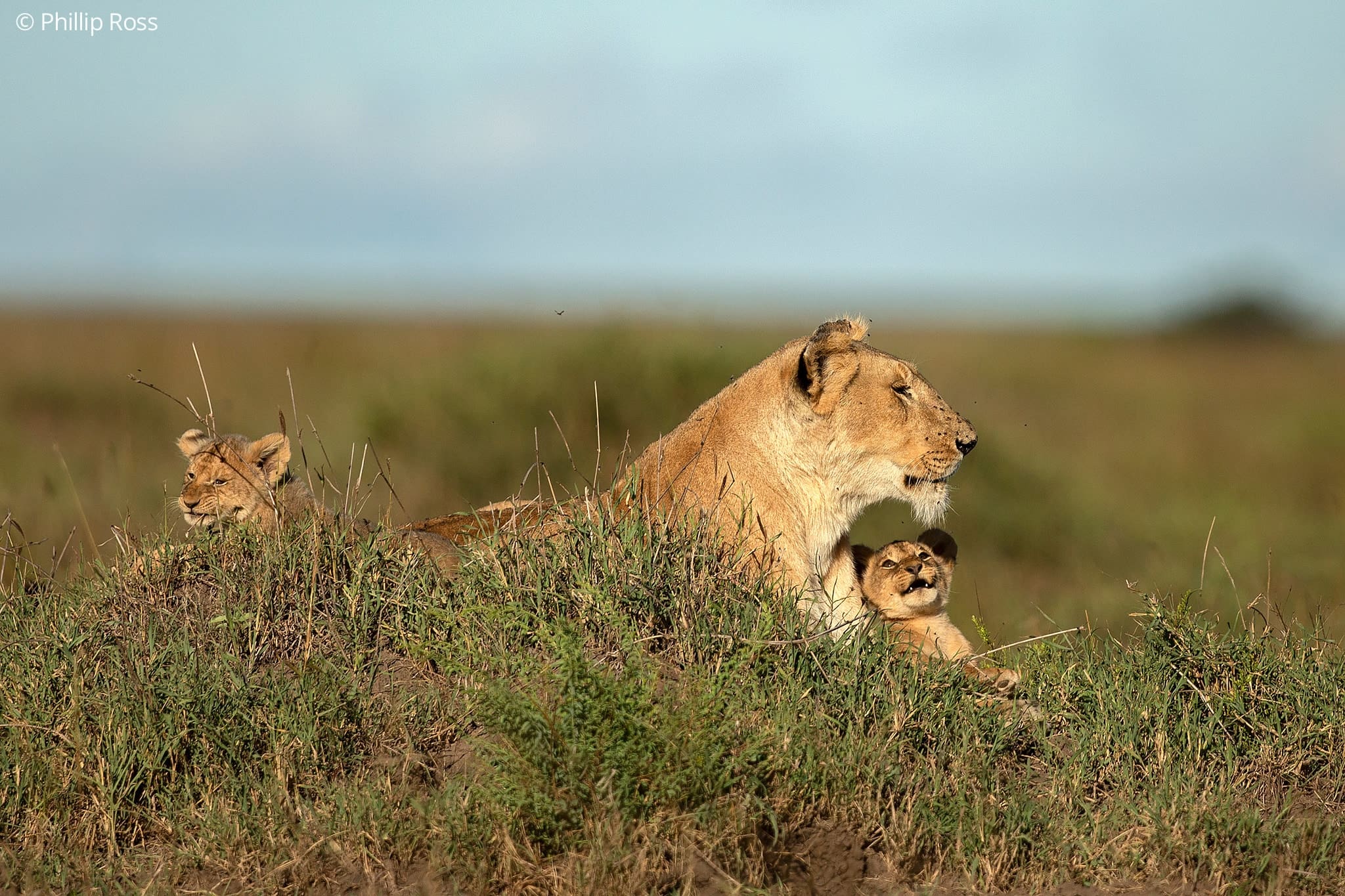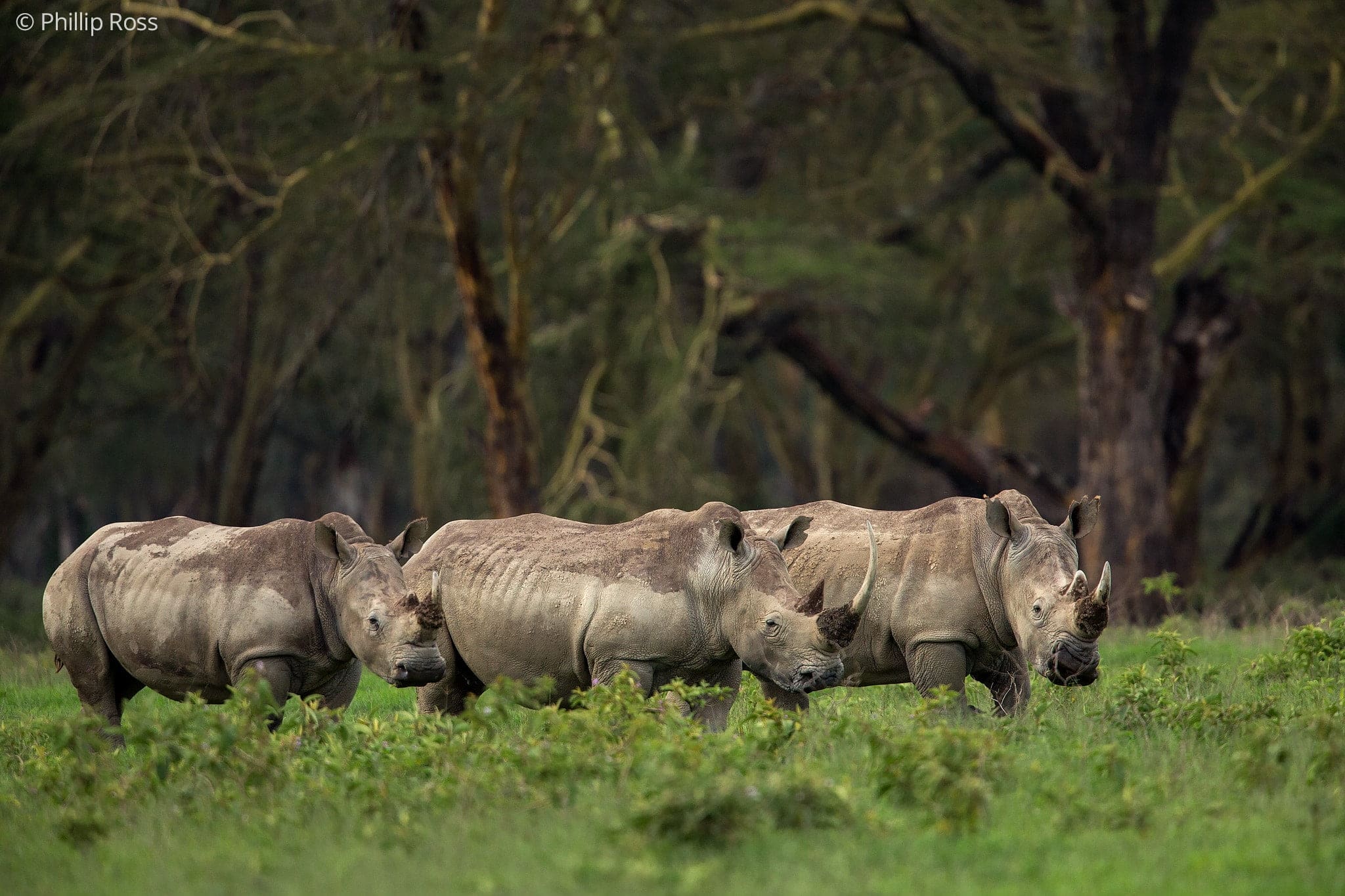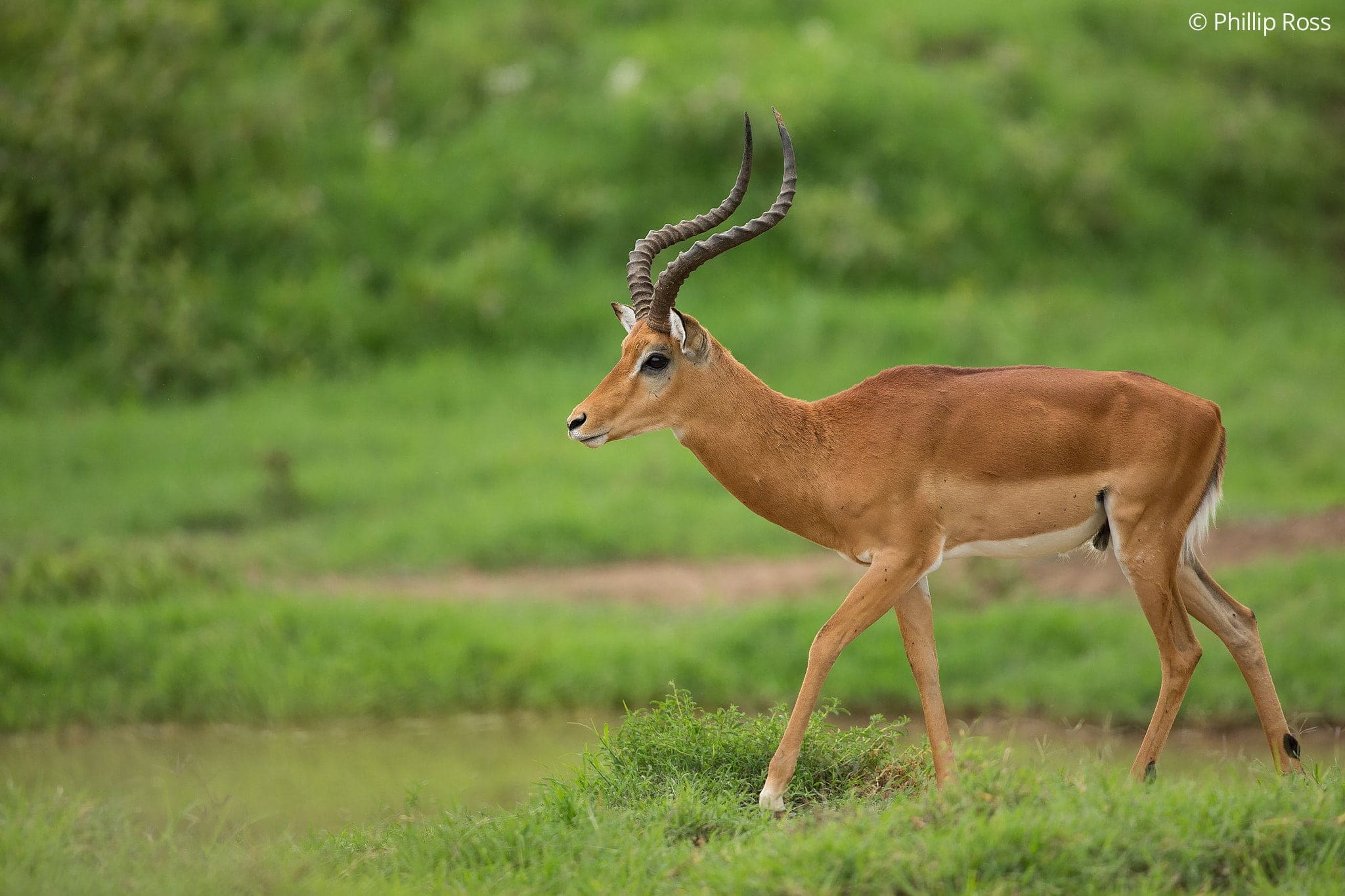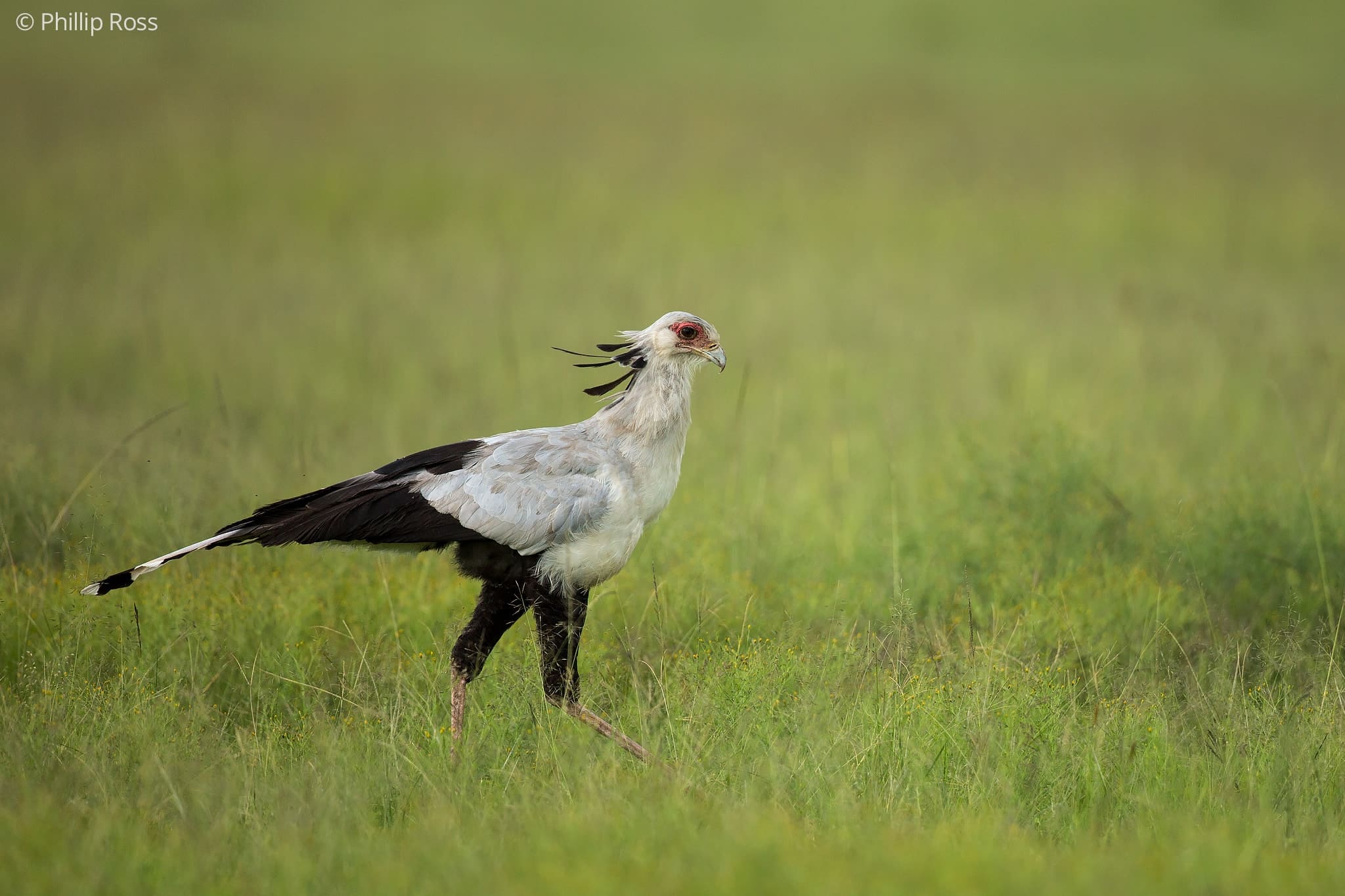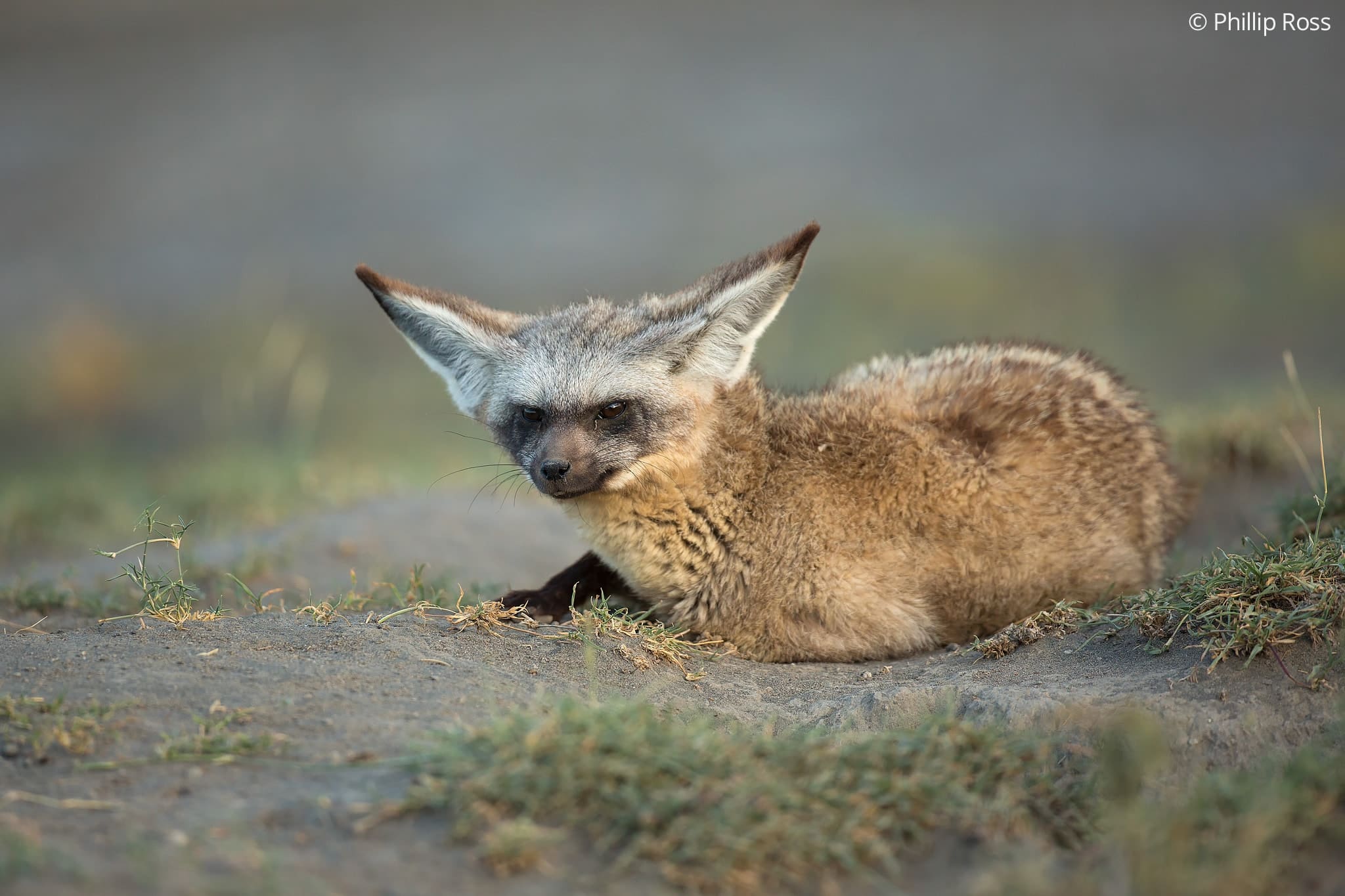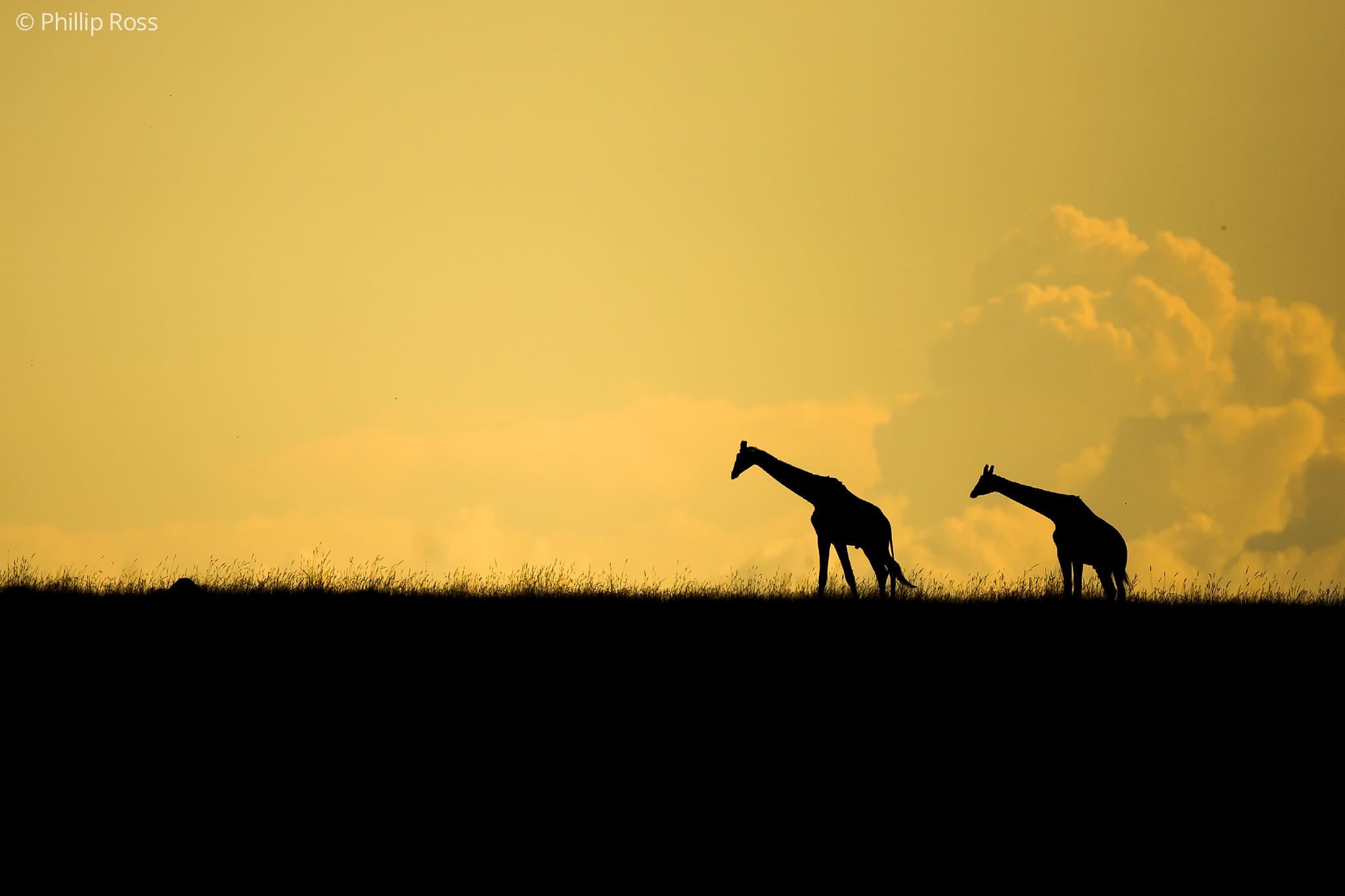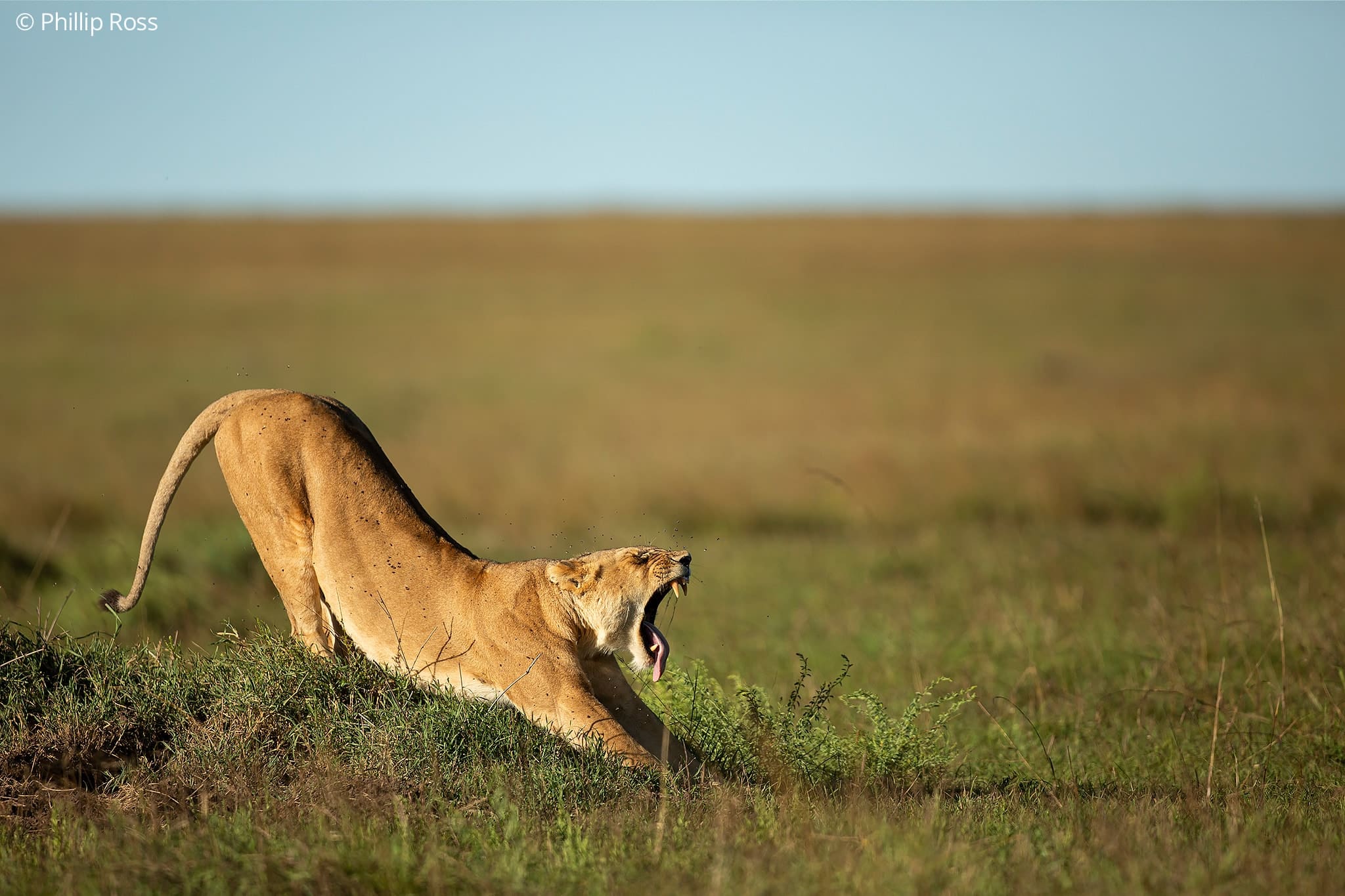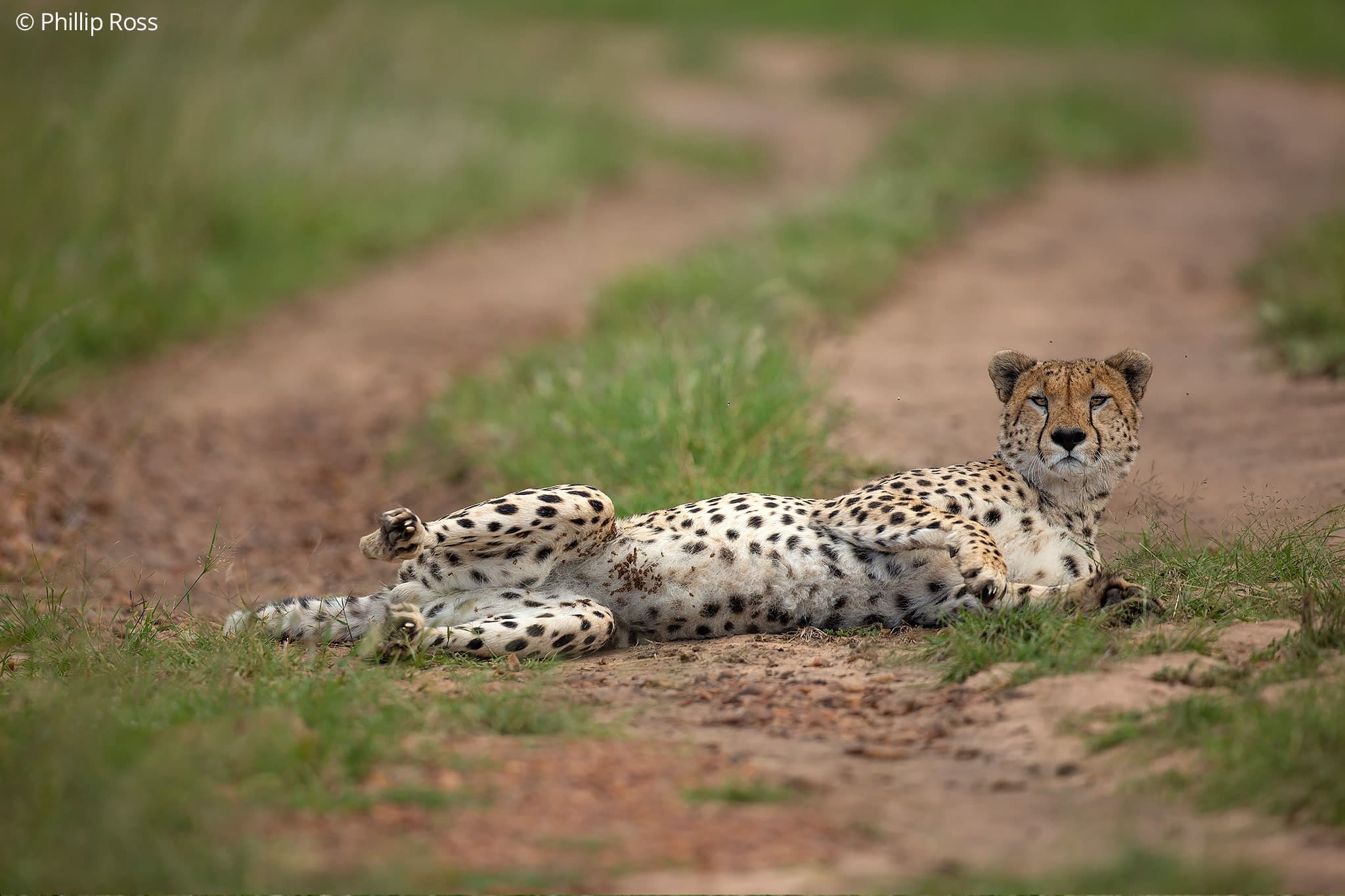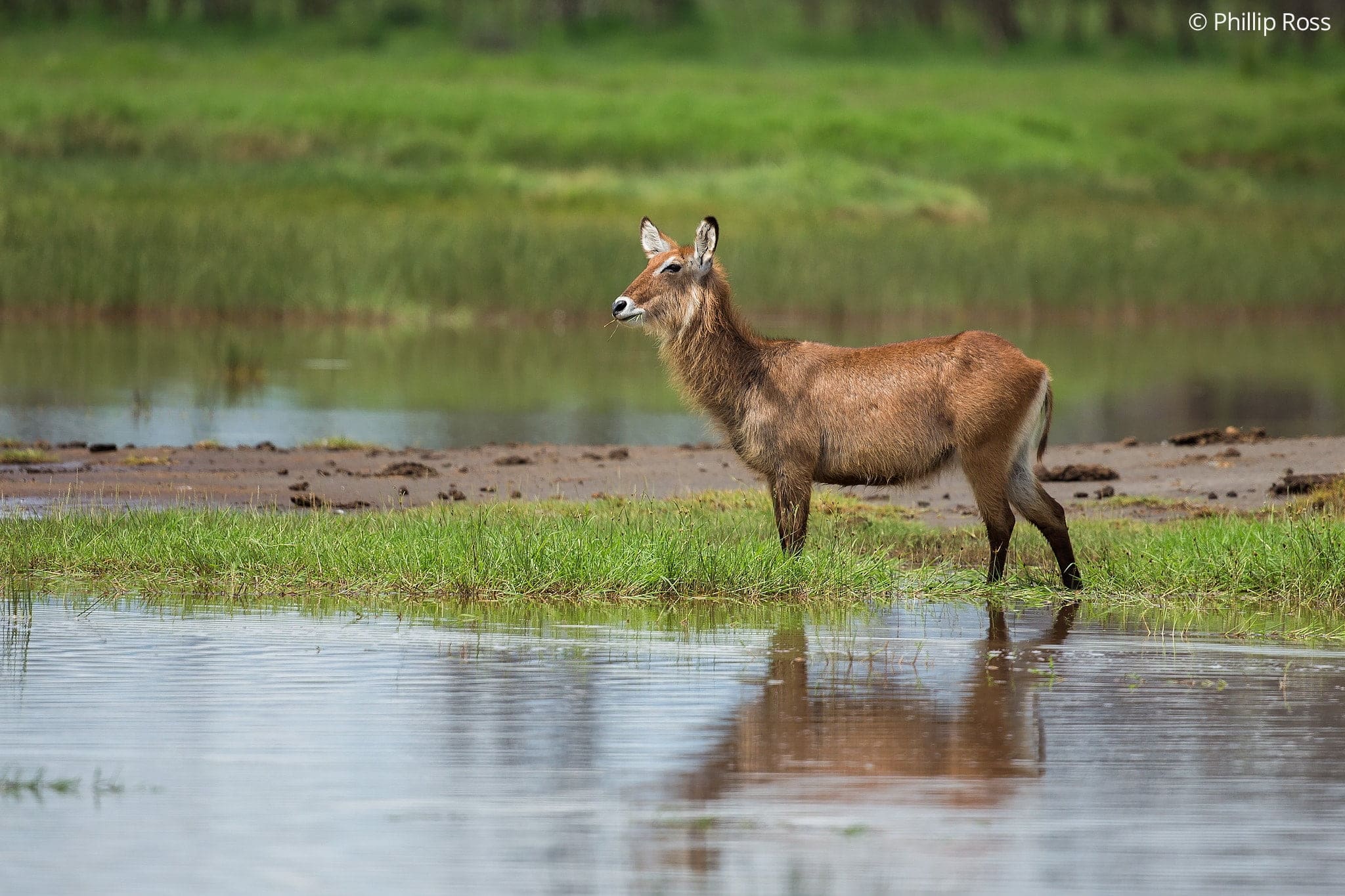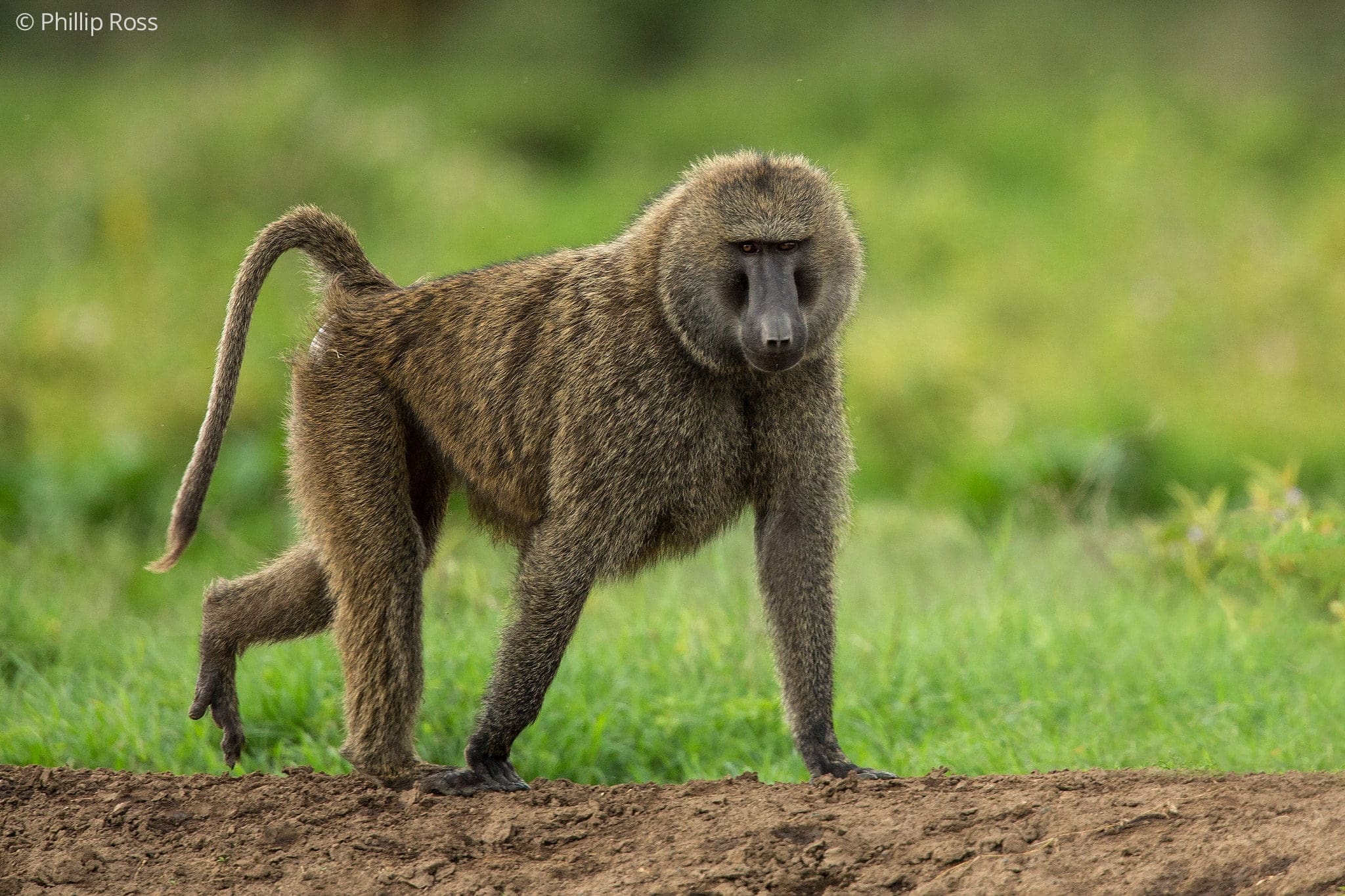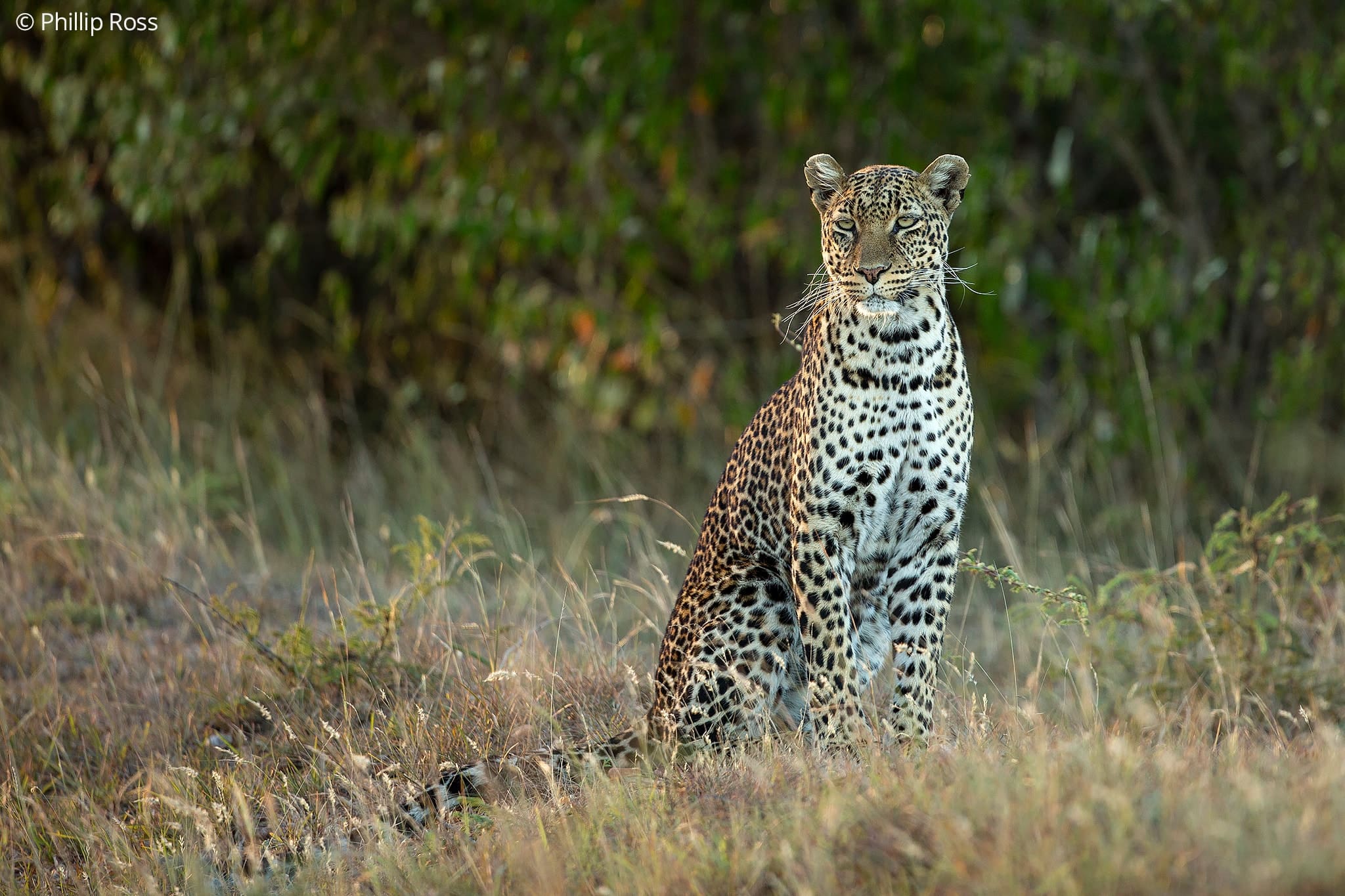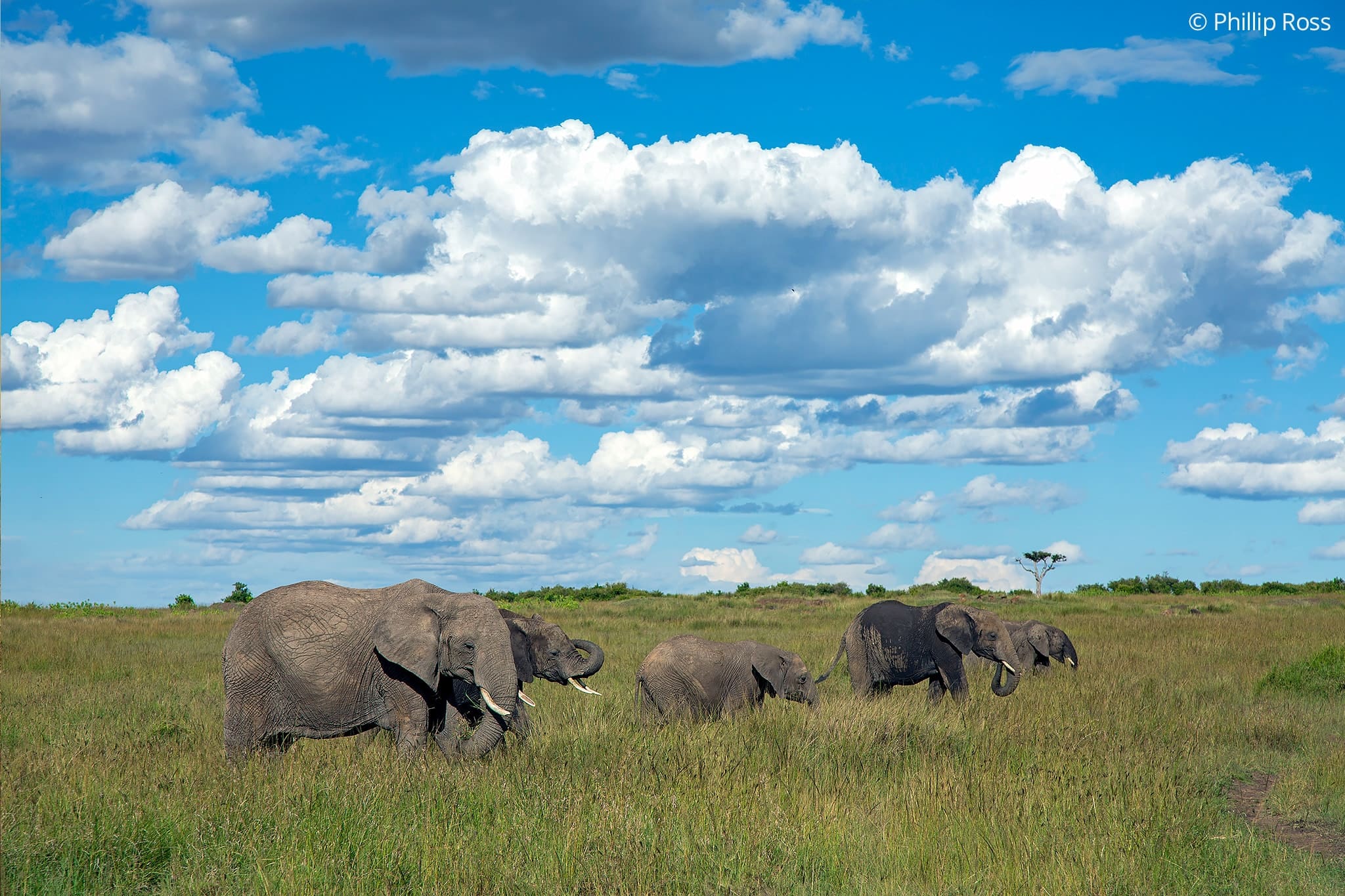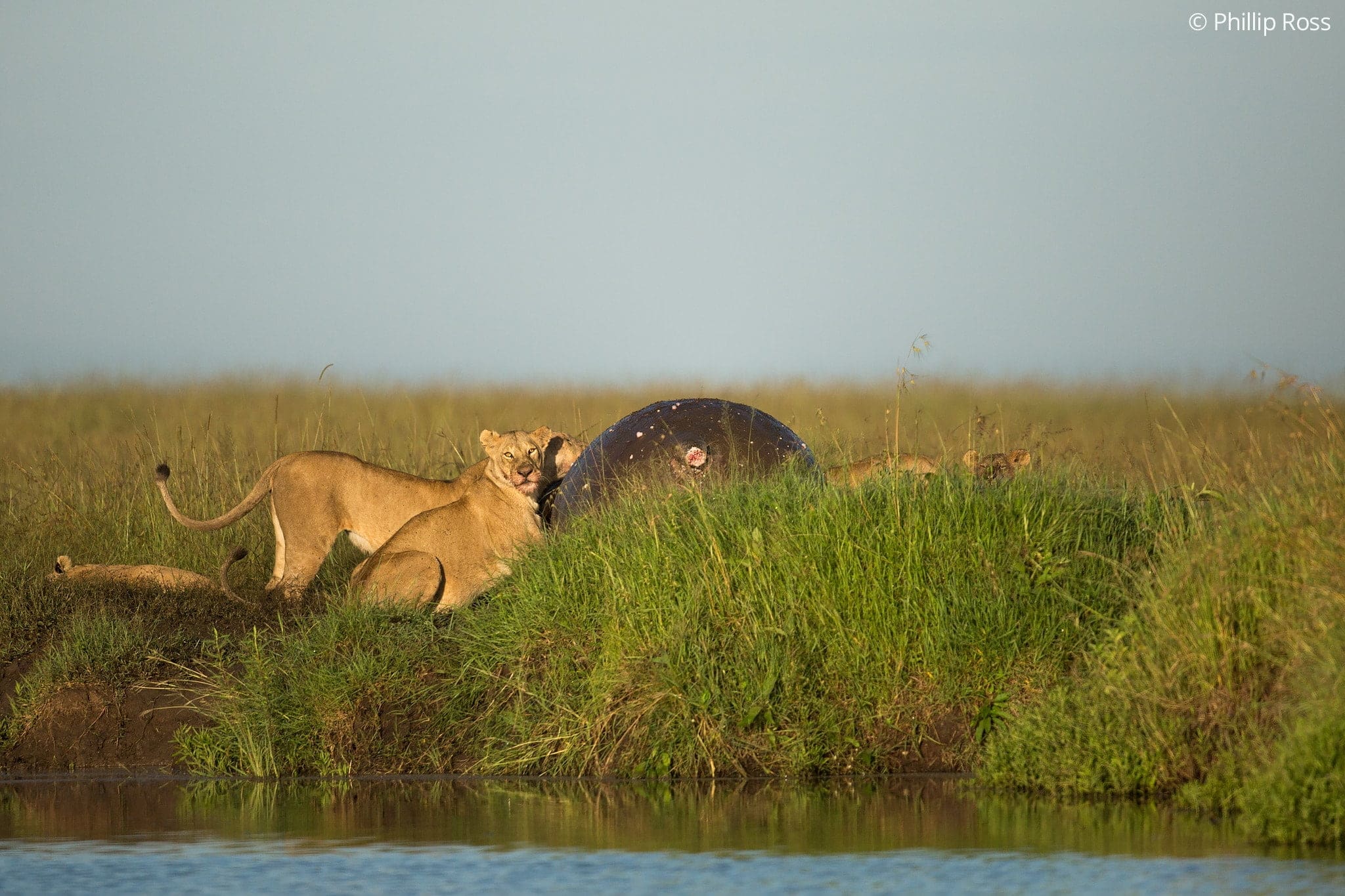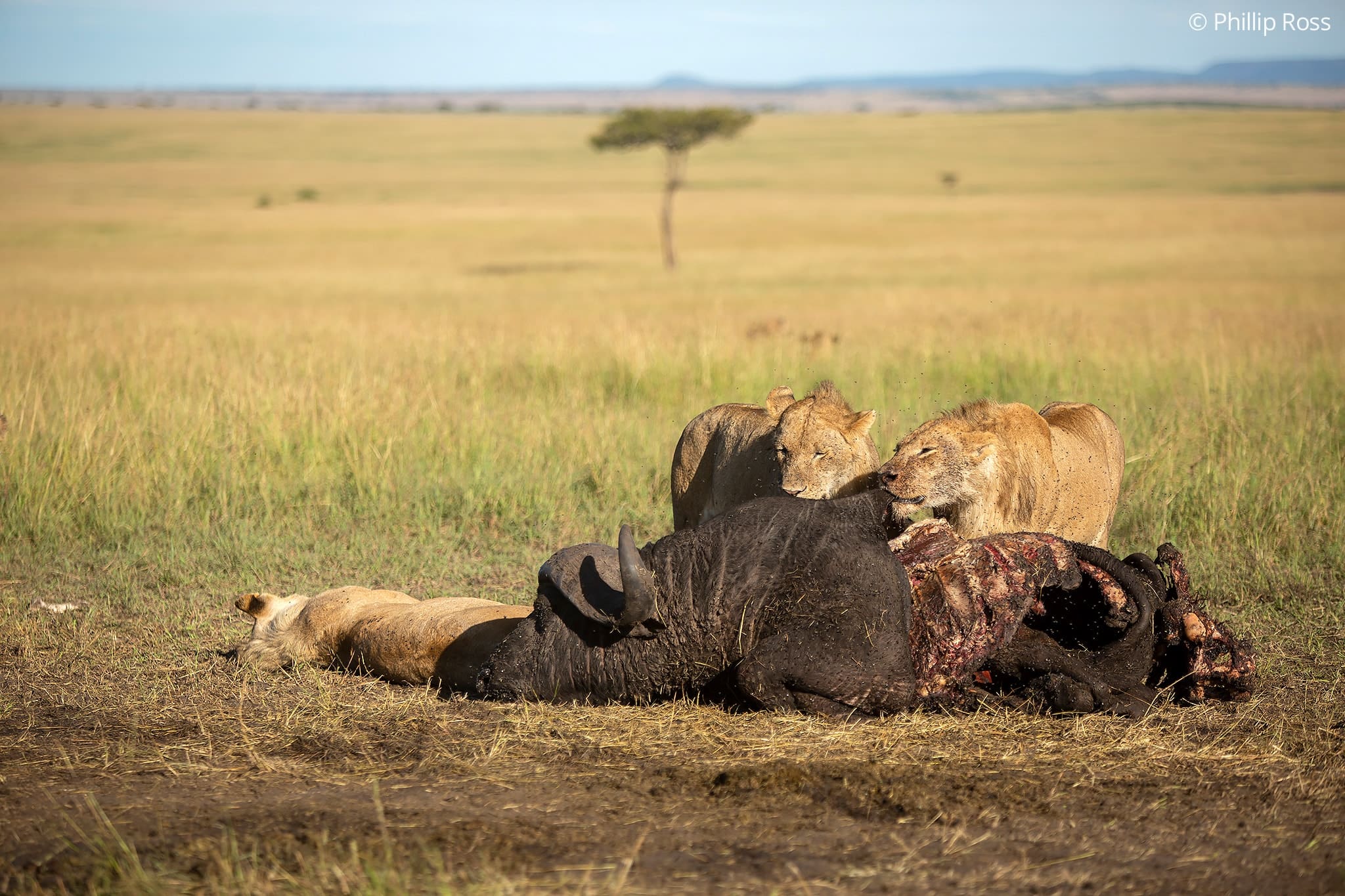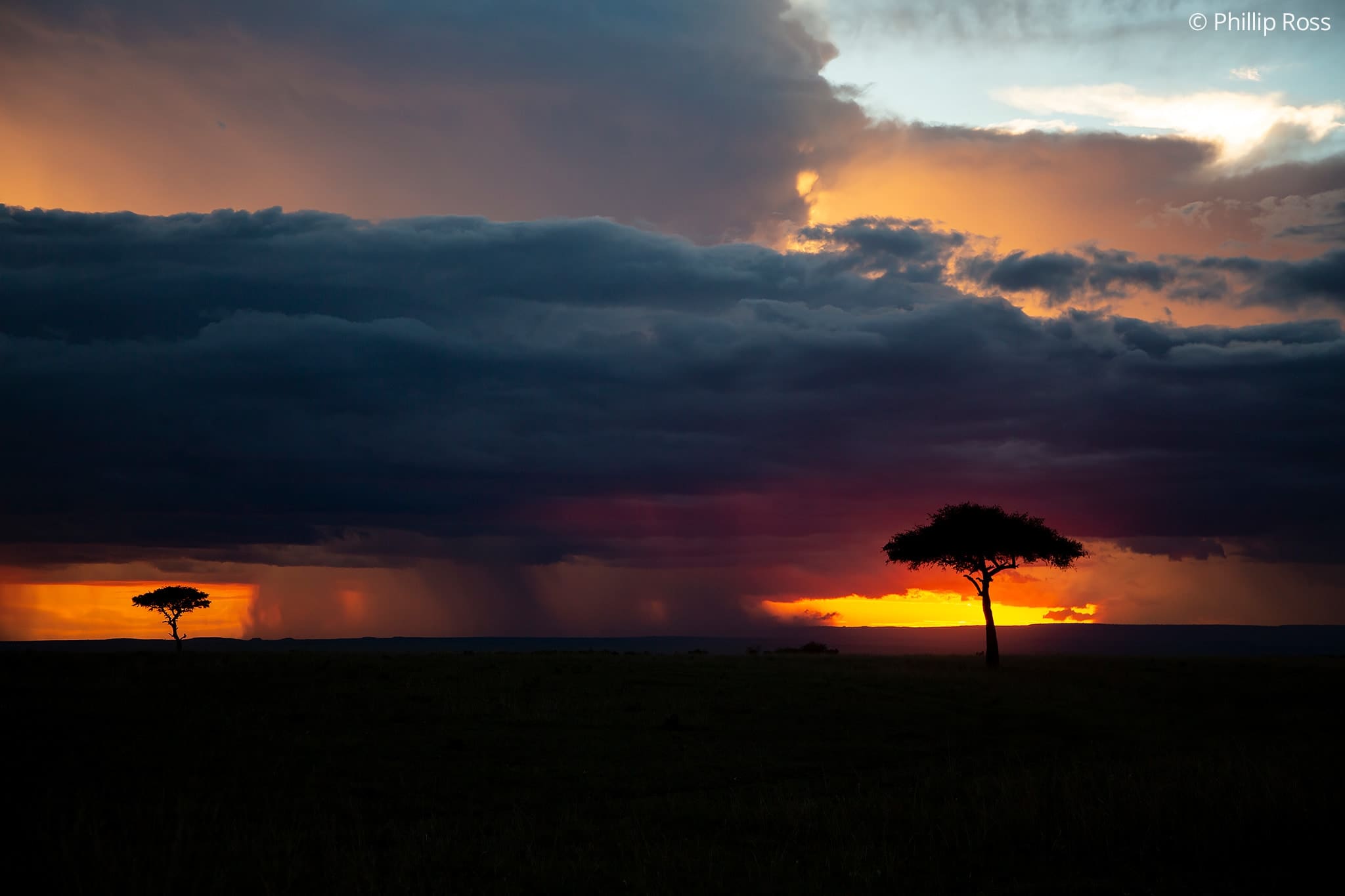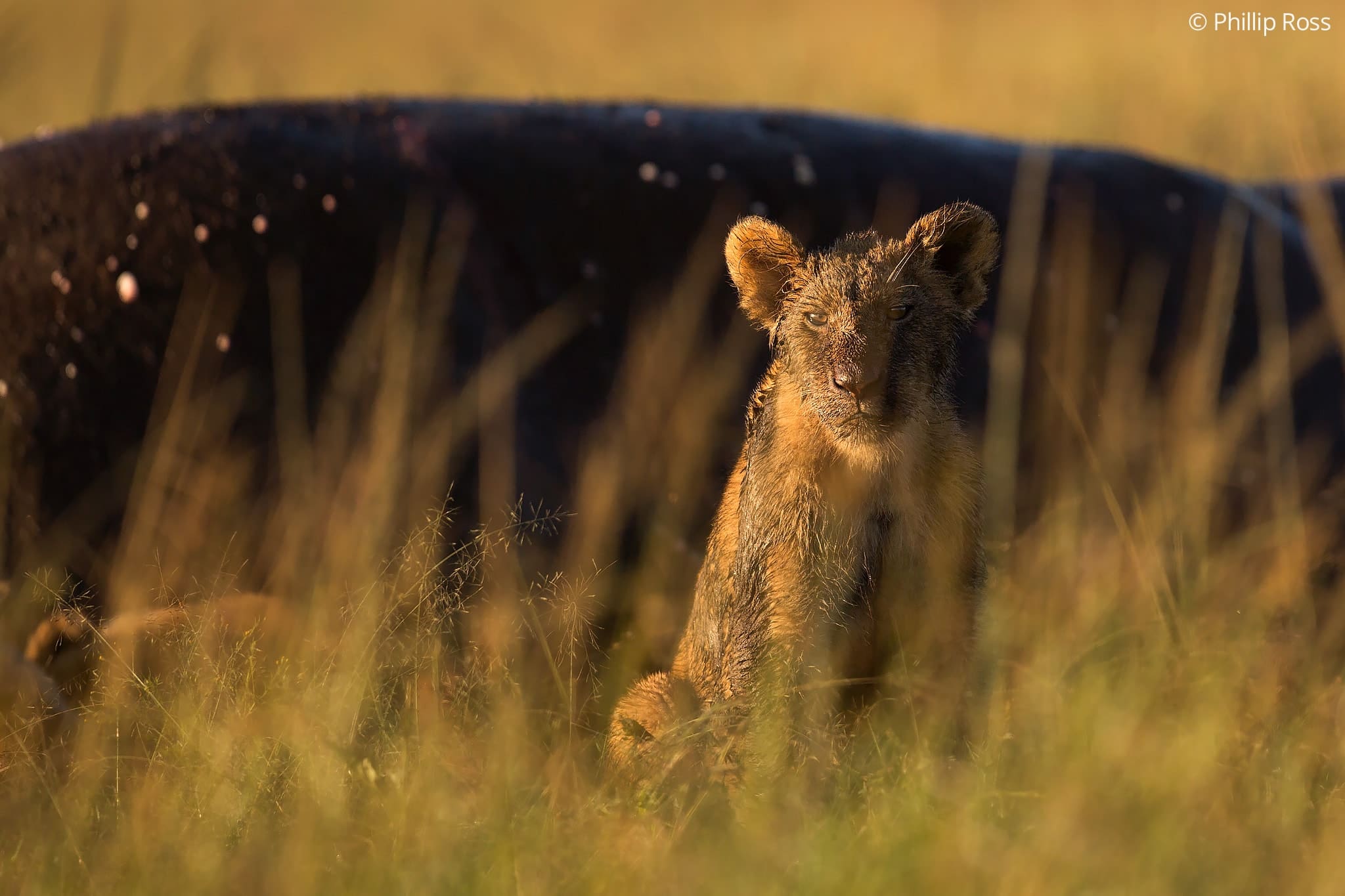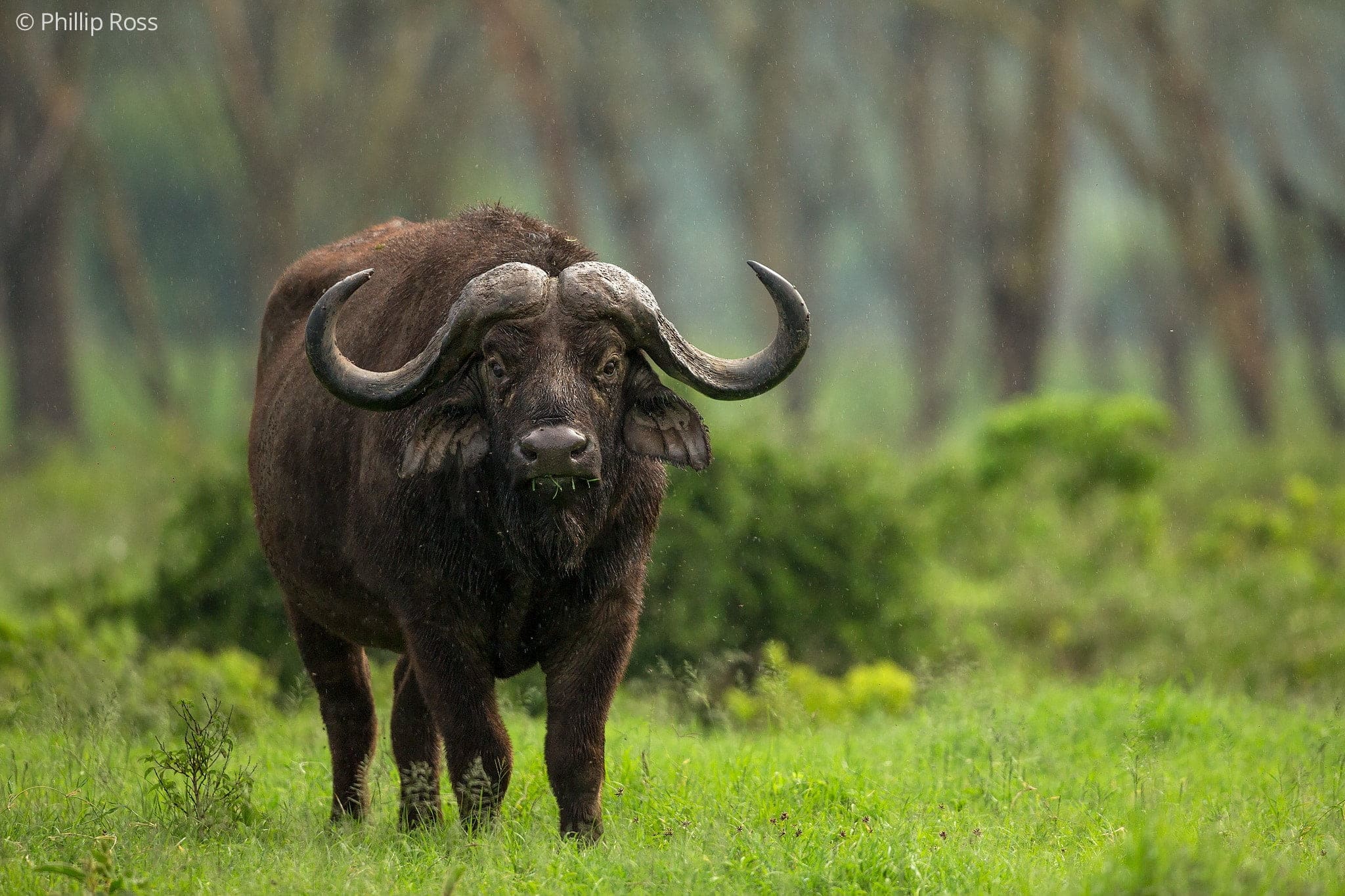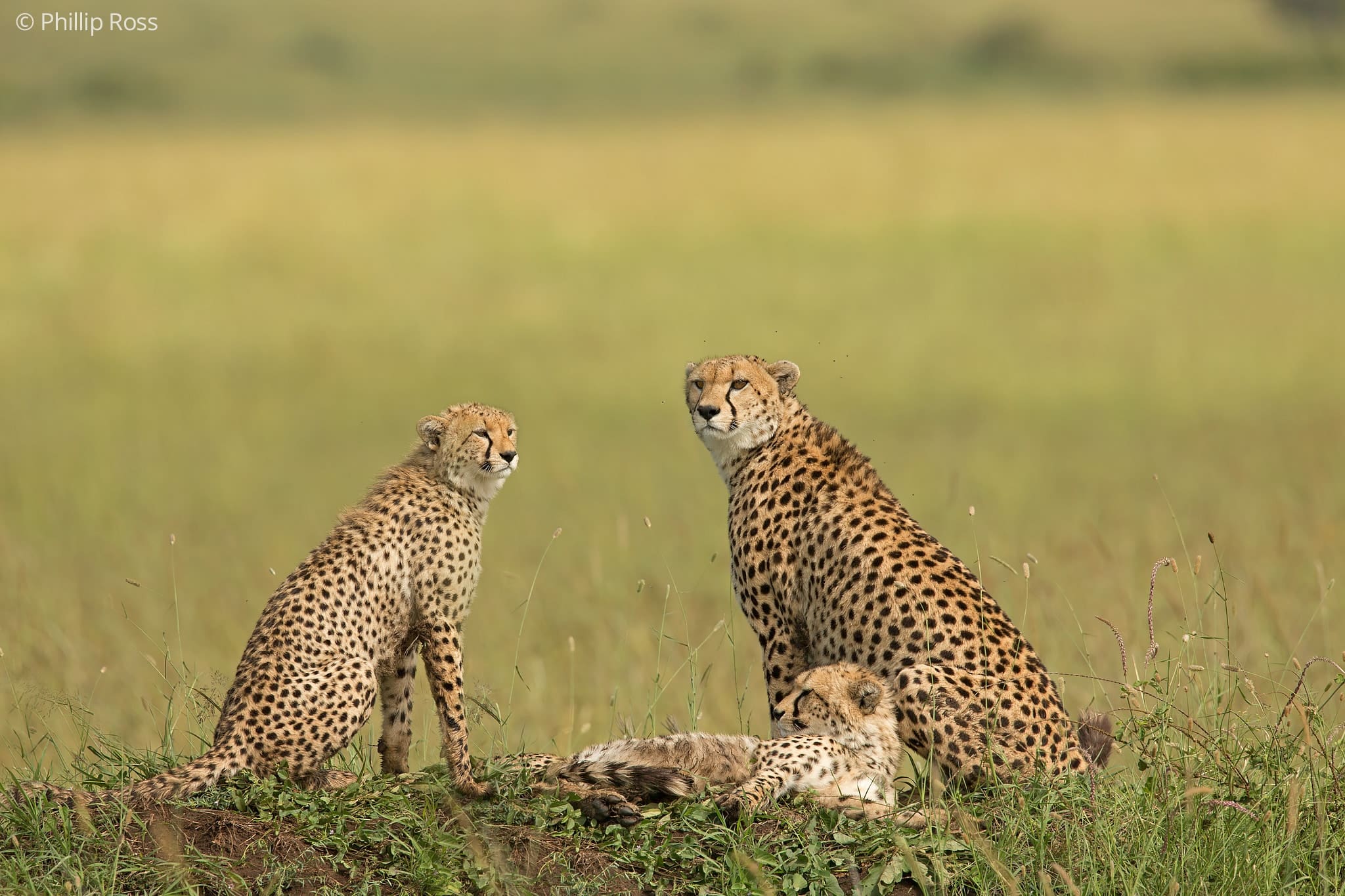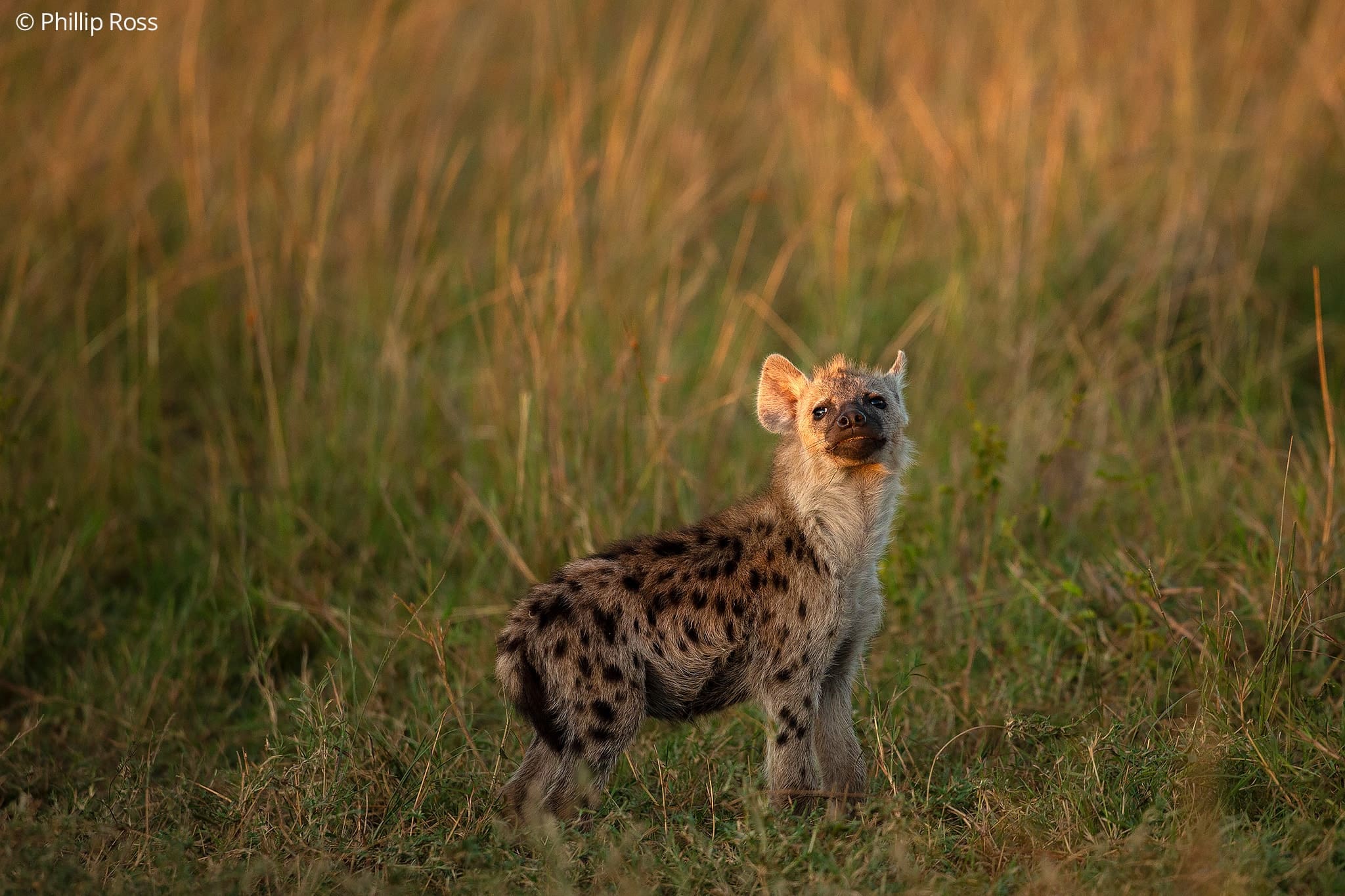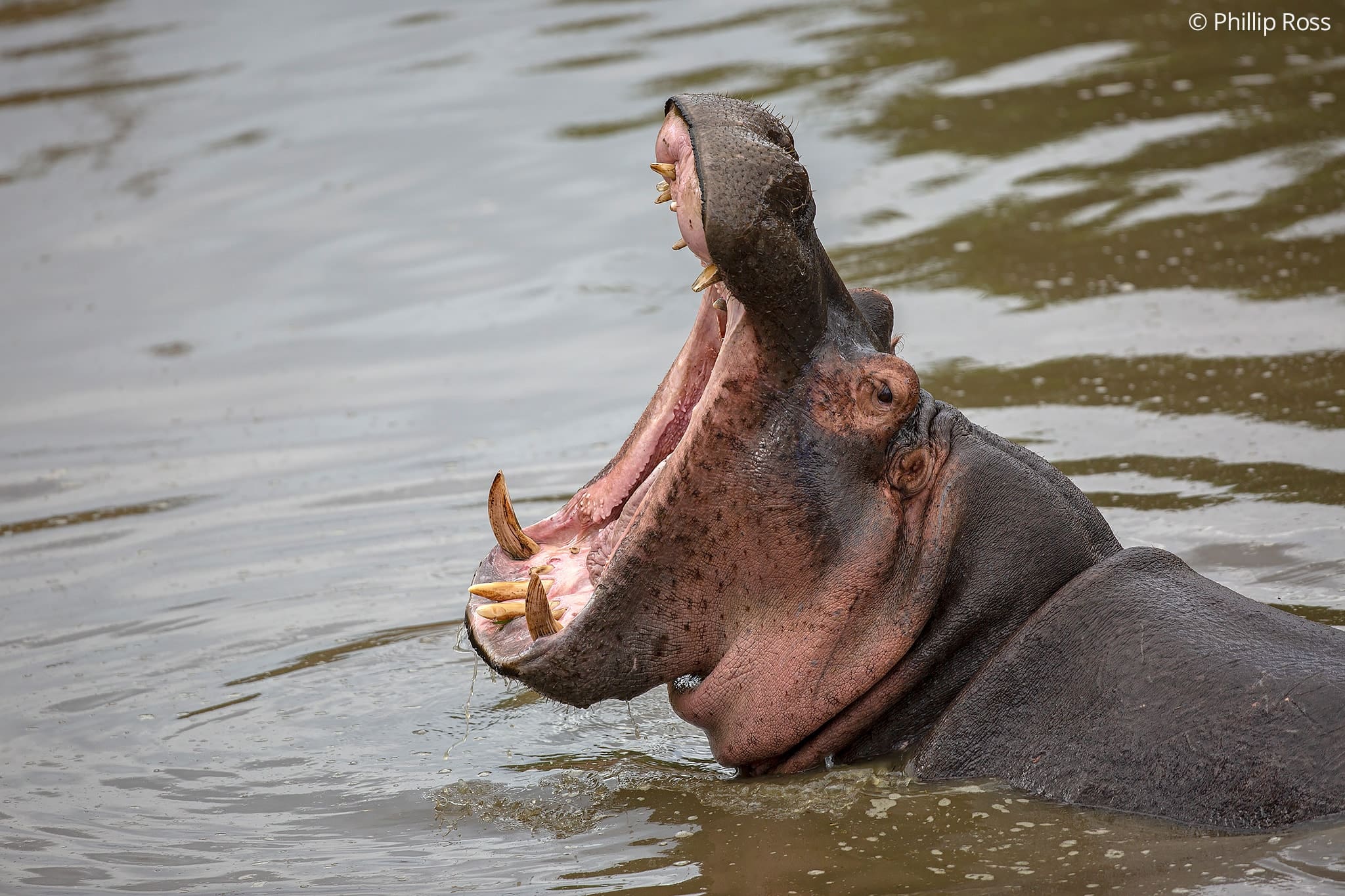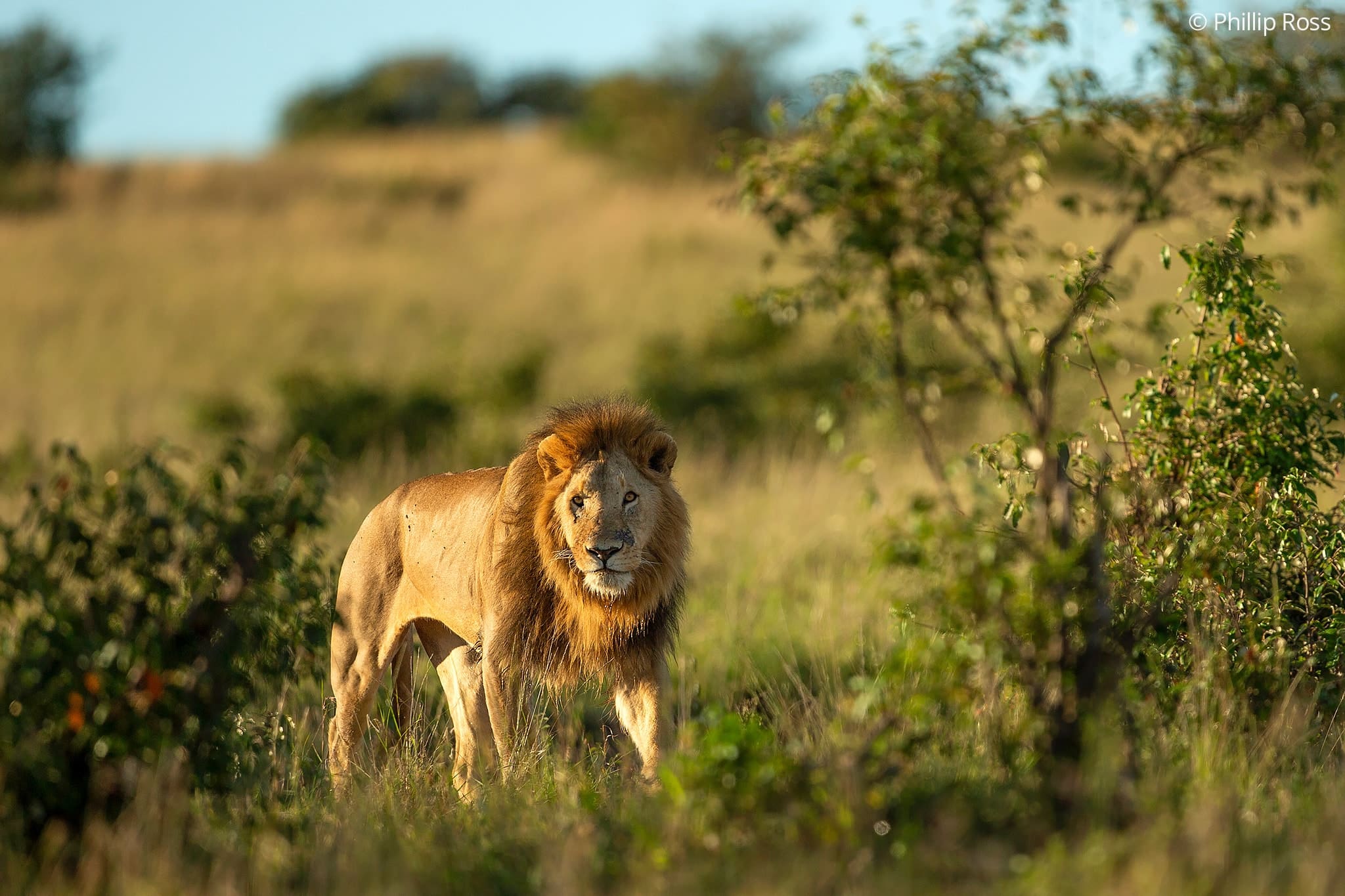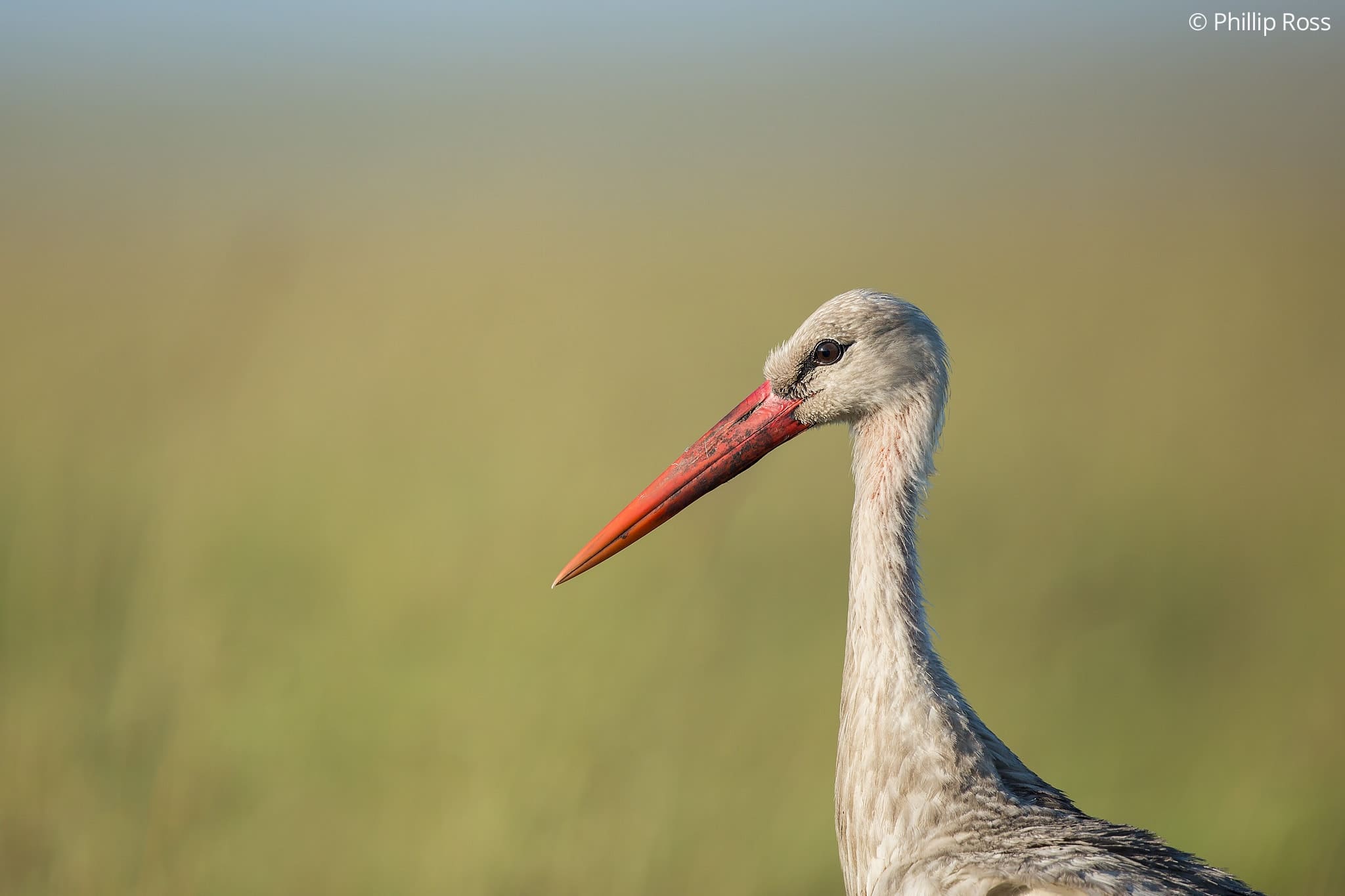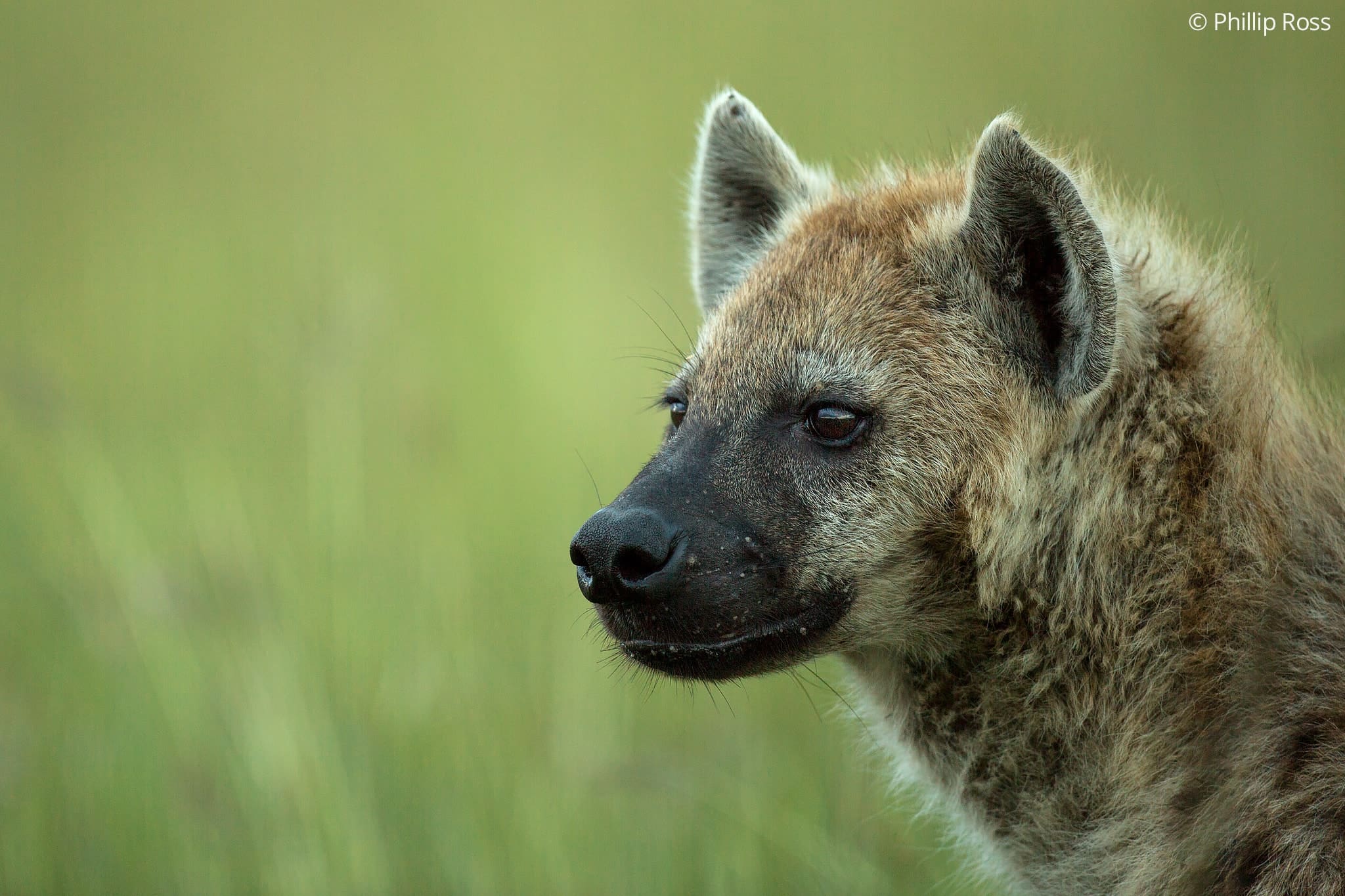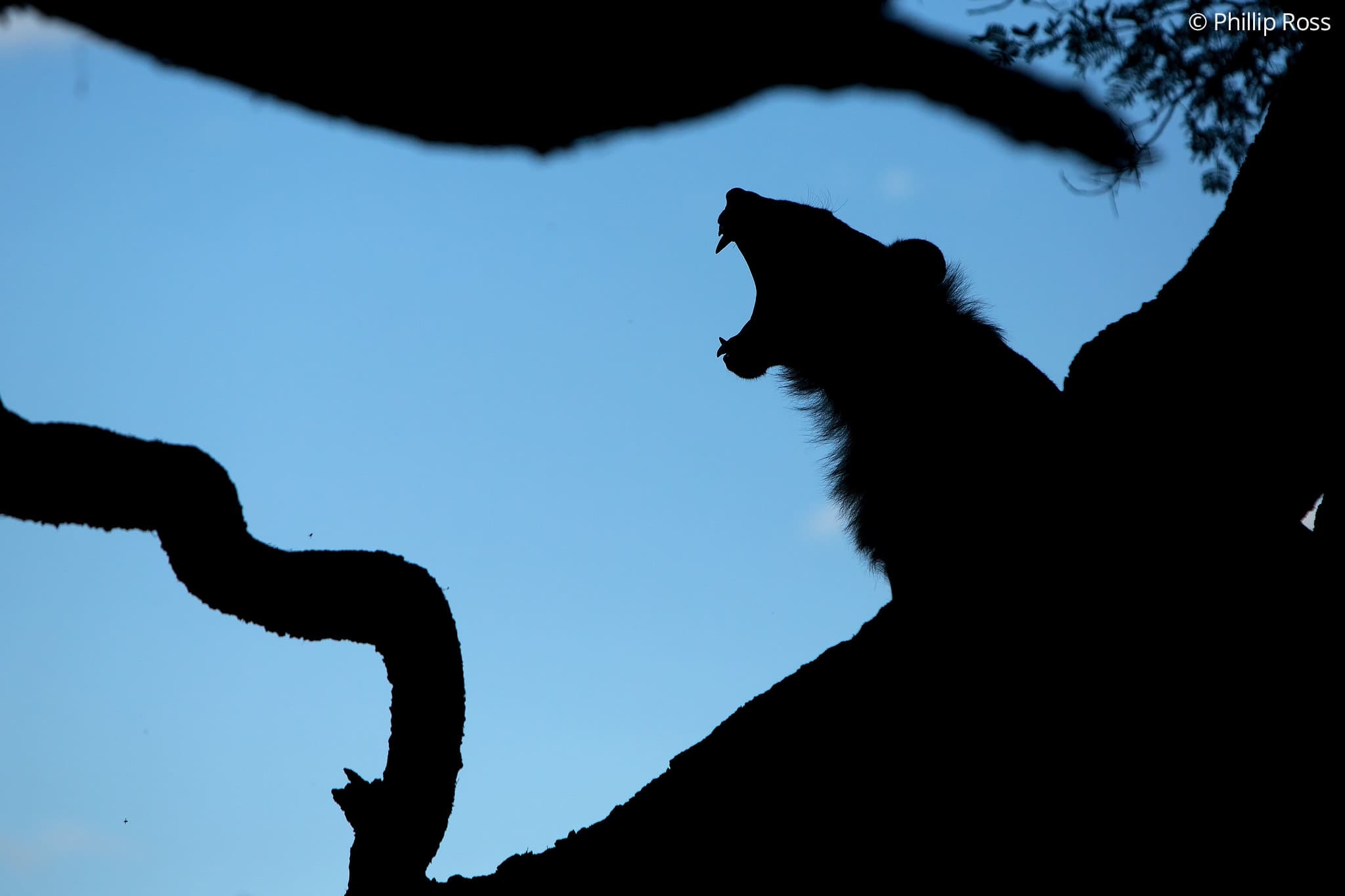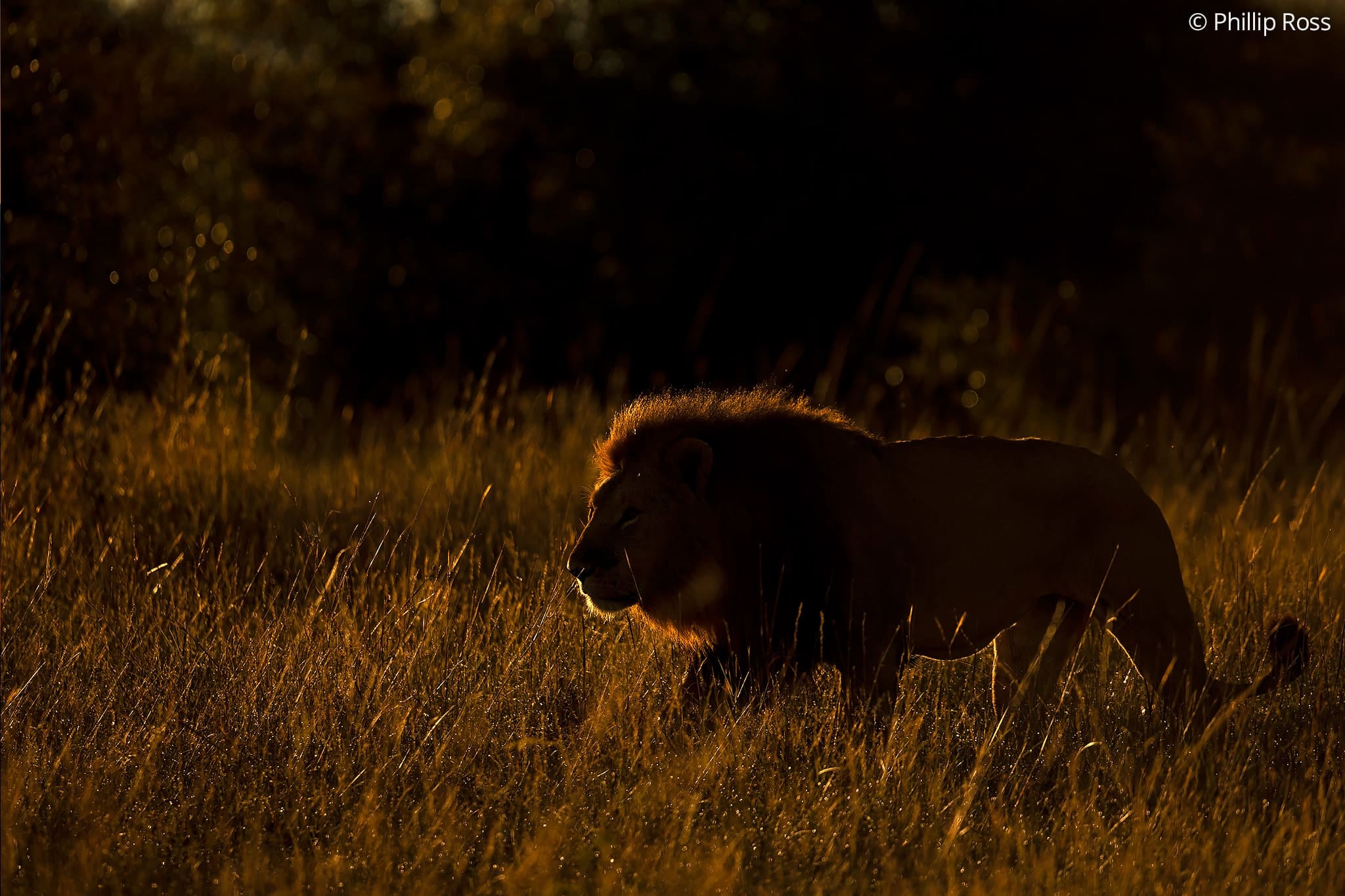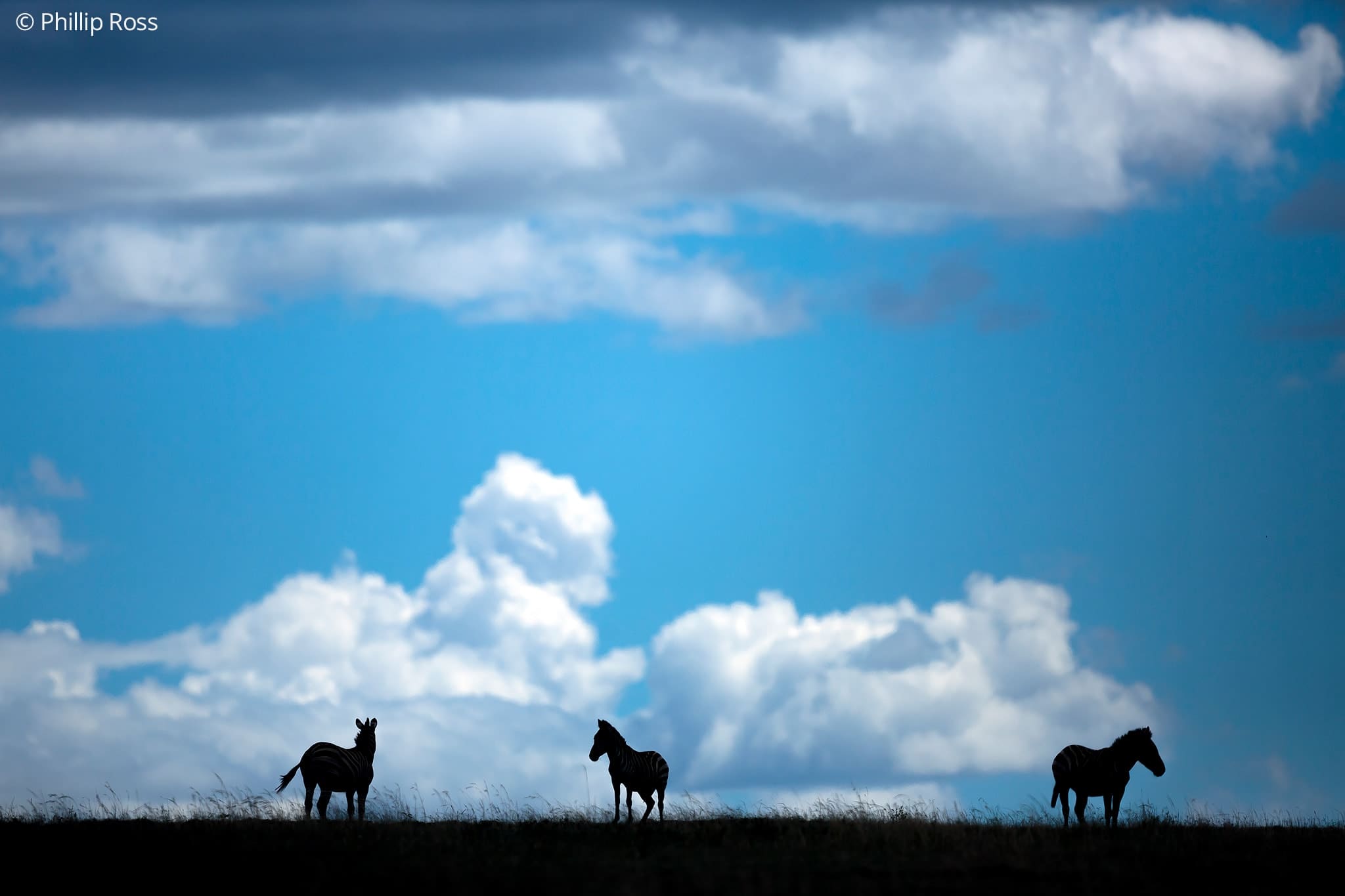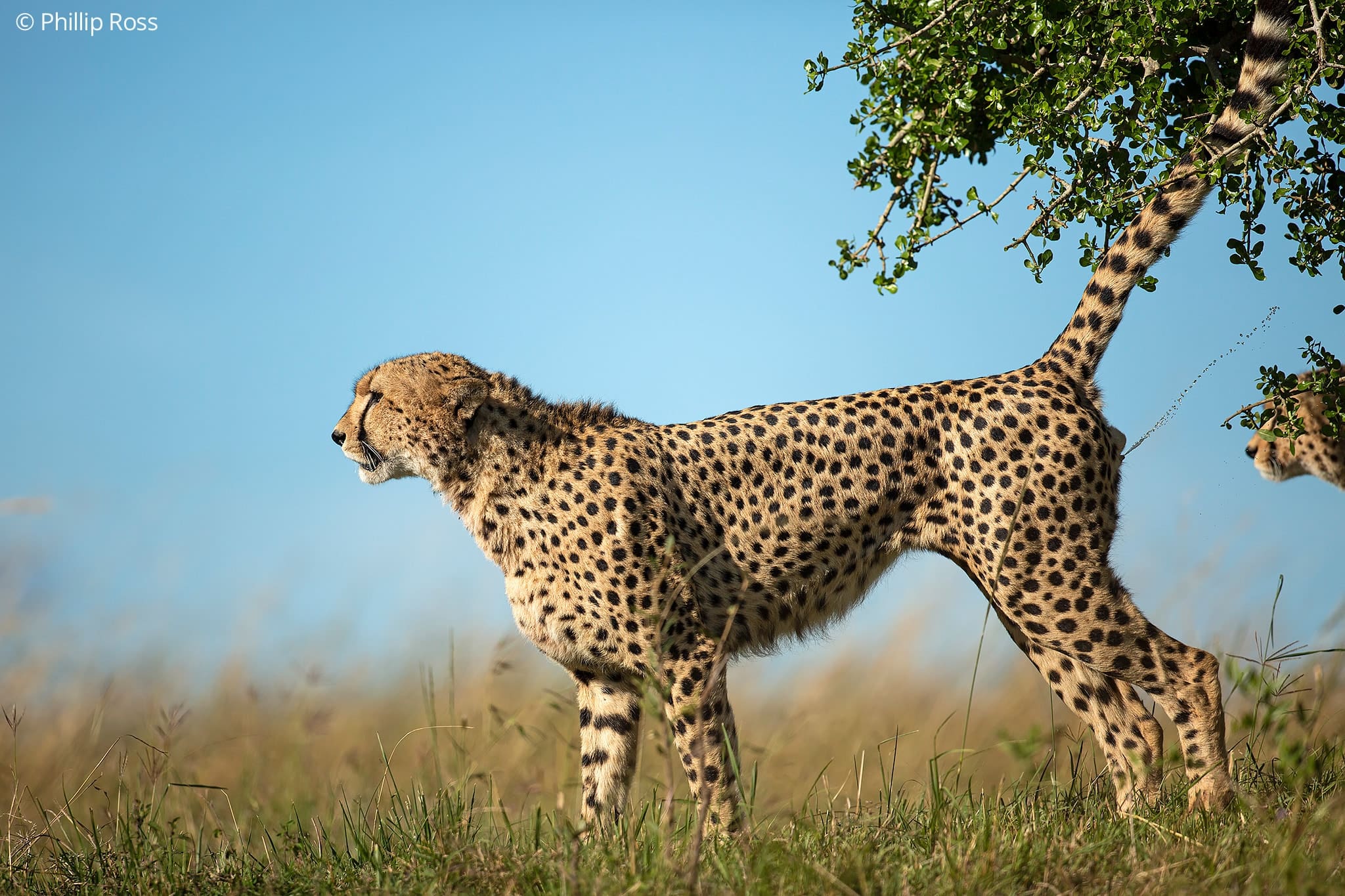CAMP OVERVIEW
Wild Africa – the most amazing and special camp, that is perfectly designed for teenagers, young adults and families. This unique camp spread over 9 nights and 10 days, includes a Junior Ranger’s certification course on wildlife conservation, coupled with a brilliant wildlife photography adventure to East Africa’s wildlife most amazing hotspots.
The junior ranger’s course will be conducted by wildlife photographer, Phillip & Samantha Ross, and by each of the park’s rangers and park authorities.
We will be visiting Ol Pejeta Conservancy (Sweetwaters), Lake Nakuru and the world famous Masai Mara.
Ol Pejeta Conservancy:
Home to all members of Africa’s ‘Big Five’ (elephant, rhino, lion, buffalo and leopard), the conservancy has a higher wildlife-to-area ratio than any Kenyan national park and is one of the four private game conservancies to have been founded in Kenya. At the forefront of the Kenyan conservancy programme, the conservancy boasts the largest black rhino sanctuary in East Africa, hosts the only chimpanzee sanctuary in Kenya, and shelters large numbers of rare and endangered species.
Lake Nakuru National Park:
This 188 km² park is situated in the Great Rift Valley. It was created in 1968 to protect the huge flocks of over a million of the lesser flamingo that bred and nested at the edge of Lake Nakuru, giving it the characteristic pink rim that it is famous for. However, owing to flooding of this lake, there is no longer an abundance of pink flamingoes, but the park is still very rich in wildlife, and includes a rhino sanctuary for both black and white rhinos. The park is especially famous for its exceptional leopard sightings. The park is located at an altitude of 4,000-5,767 feet above sea level and it is a land of great ecological diversity – from lake water, woodland, bush grassland, to rocky ridges. The park is home to over 400 species of birds and one of the few places to see the endangered white rhino. Other wildlife at the park includes lions, leopards, zebra, gazelles, eland, giraffe and the hyrax.
Masai Mara National Reserve:
Easily, the world’s most famous wildlife reserve. Masai Mara is a dream destination for any wildlife lover. Encompassing an area of 1510 km², the Masai Mara is nestled within the enormous Great Rift Valley and lies at the bottom of the Siria Escarpment. The terrain of the reserve is primarily open grassland, with seasonal rivulets.
The Masai Mara is perhaps most famous for its abundance of Africa’s “Big Five”, especially lions. The population of cheetahs are also high, however the black rhinoceros is severely threatened, with a population of only 40 recorded. Hippopotamus’s are found in large groups in the Mara and Talek Rivers. Numerous antelope are seen, including Thomson’s and Grant’s gazelle, impala, topi and Coke’s hartebeest. Large herds of zebra are found throughout the reserve. The plains are also home to the distinctive Masai Giraffe and there is good sightings of the large Roan antelope and the nocturnal bat-eared fox, usually a difficult sighting in other parts of Kenya. Additionally, over 450 species of birdlife have been identified in the park, including vultures, marabou stork, secretary bird, ground hornbill, crowned crane, ostrich, long-crested Eagle, and African pygmy-falcon.
So what are you waiting for ? It’s time for Africa!
